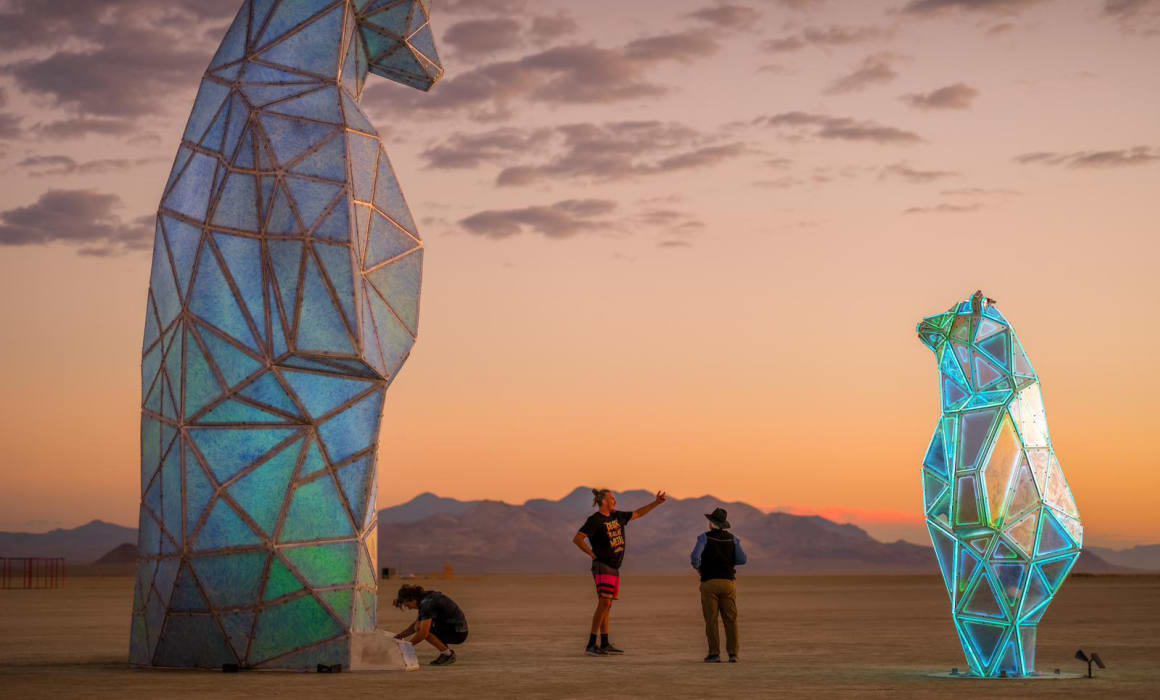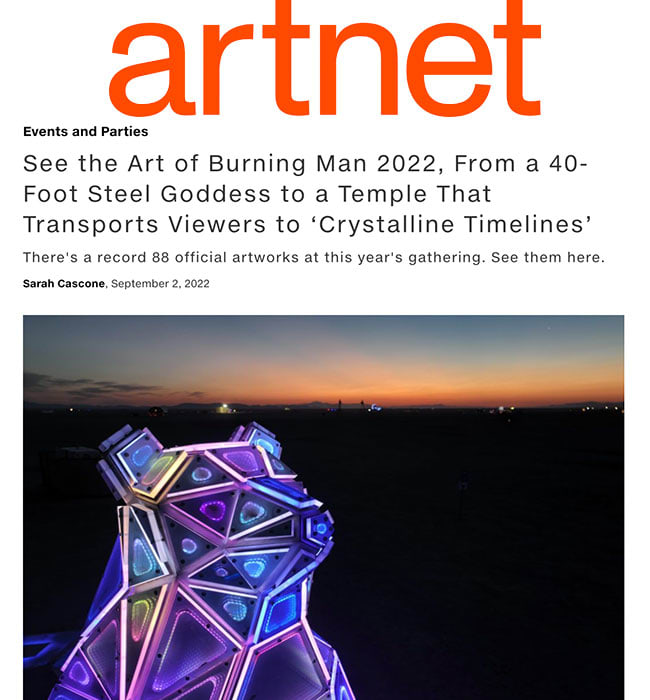The Ursas
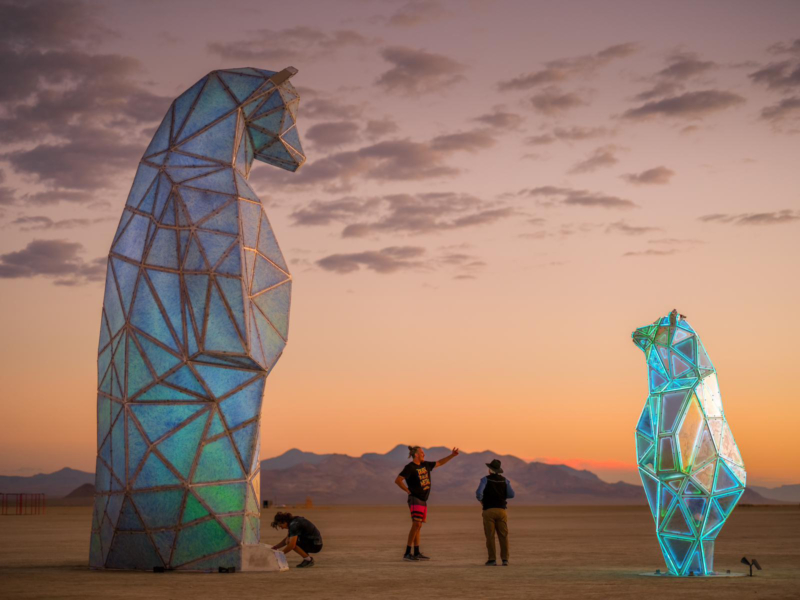
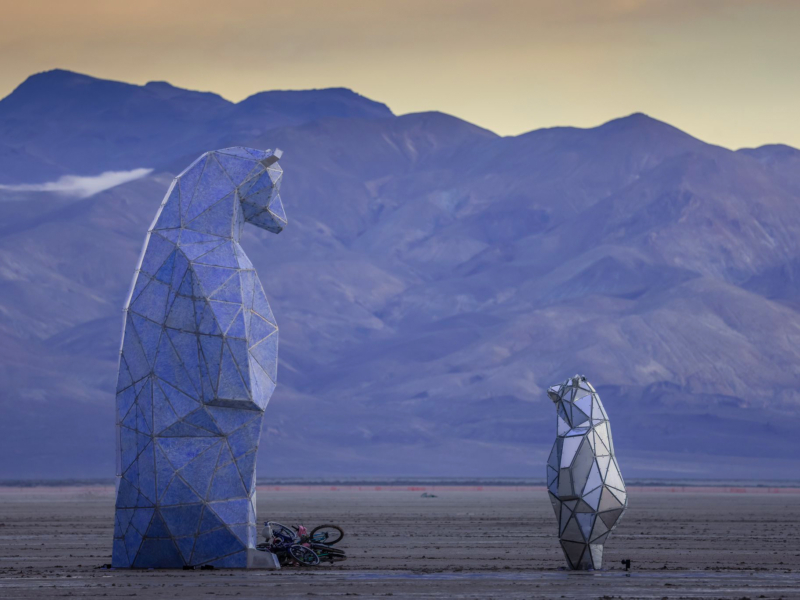


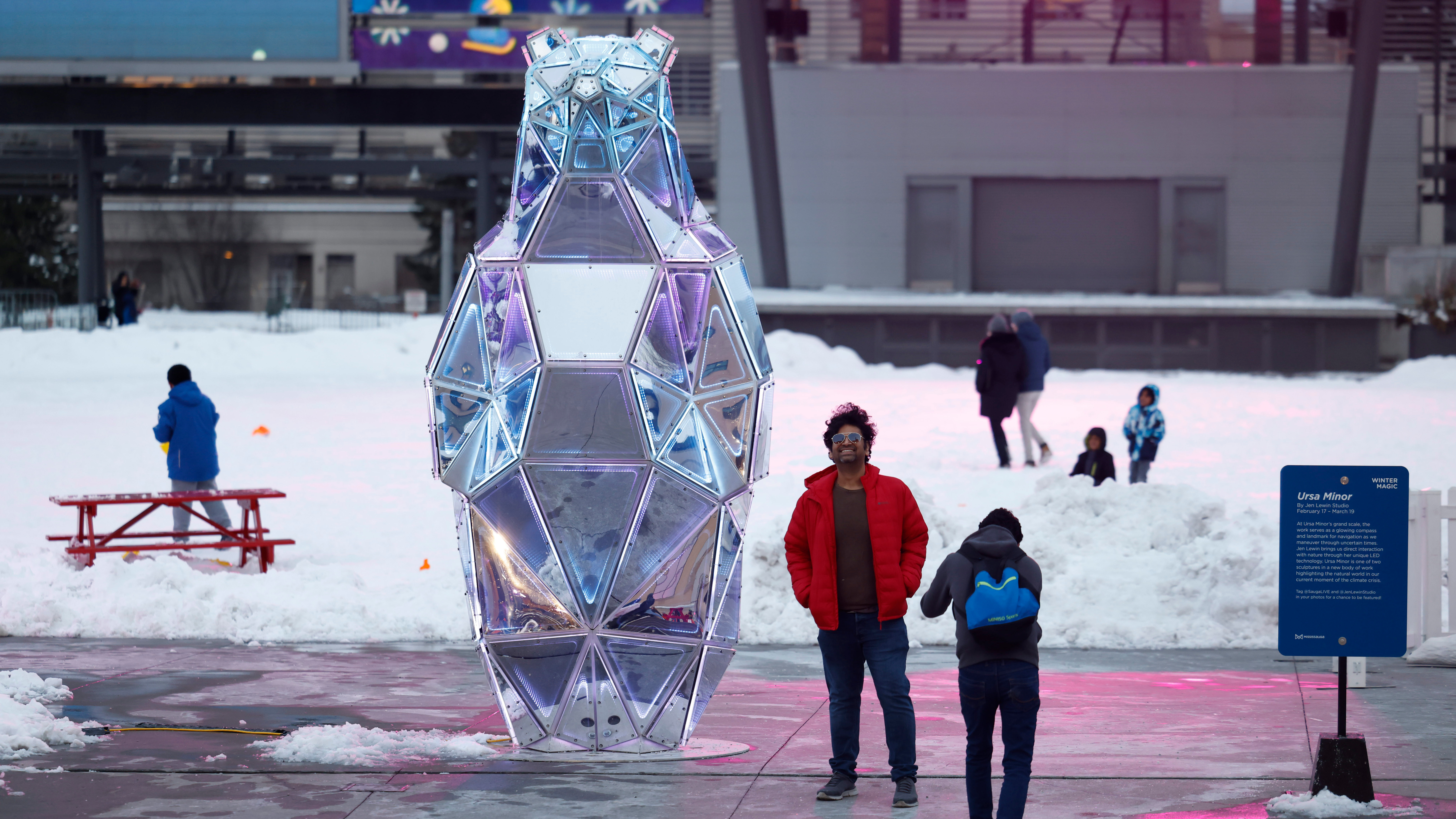



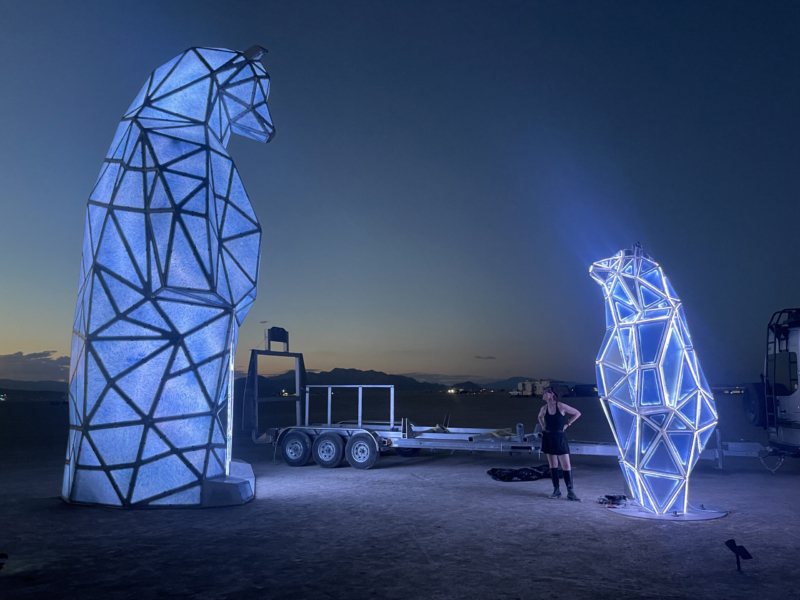

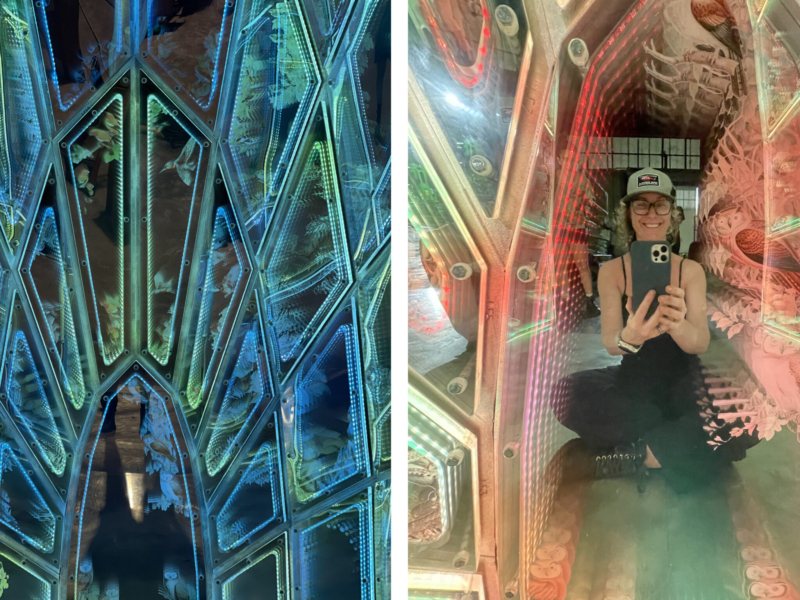
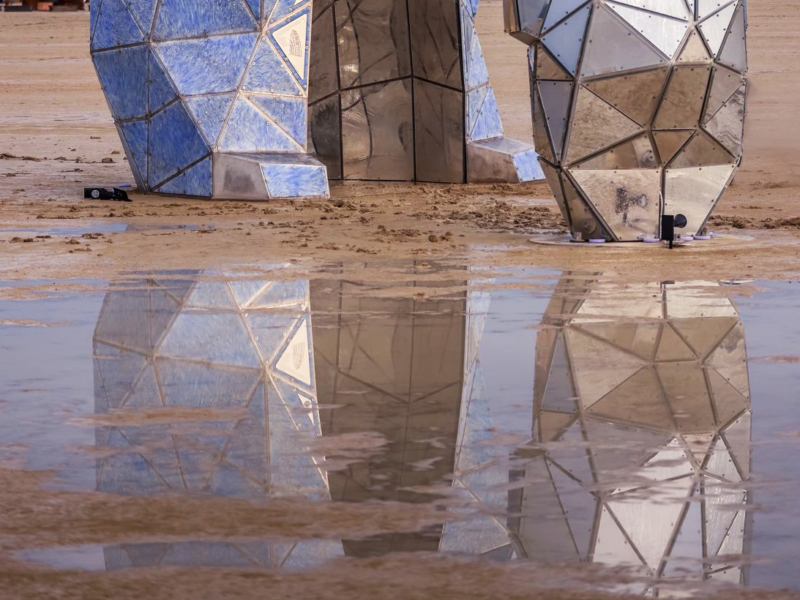




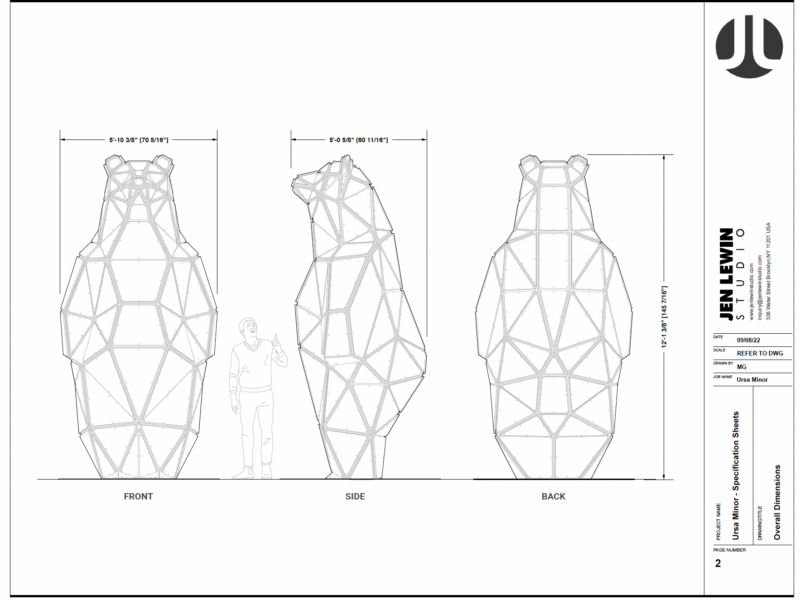
The Ursas – 2023
The “The Ursas” is a new transformative project inspired by the grace and wonder of the Ursa Minor and Ursa Major constellations.
Unveiled on the playa in 2022, Ursa Minor stands at 13 feet tall, a luminous embodiment of serenity crafted from Infinity Mirrors. This free-standing sculpture invites contemplation and engages viewers with its delicate choreography of infinity-reflected LED lights. Inspired by the celestial splendor of Polaris and Ursa Minor, the sculpture’s multi-paneled body emanates a radiant glow, evoking emotions of awe, reverence, and a gentle reminder to cherish the world around us by simply looking up.
Standing nearby, and created from reclaimed ocean plastic trash, Ursa Major stands towering at 30 feet. In a display of contemplation, Ursa Major’s hollow body becomes a vessel for glowing infinity mirrors, reflecting an ethereal mosaic of vintage biological drawings depicting animals that have vanished from our world within the past five years.
Together, Ursa Major and Ursa Minor stand as beacons of unity and compassion.
Ursa Minor gazes skyward, embodying a hopeful spirit, while Ursa Major serves as both a sanctuary and a memorial, paying homage to the irreplaceable species we have lost.
__________________
Extinct Animal Series
‘Ursa Major’ goes beyond art; it’s a heartfelt tribute to lost species. We invite you to step inside and immerse yourself in the interplay of light, shadow, and reflection in honor of our our planet’s delicate biodiversity. The Womb of Ursa Major 51 features custom infinity mirrored panels, each with detailed vintage biological illustrations of animals listed on the IUCN red list for declared extinct species over the last 5 years.
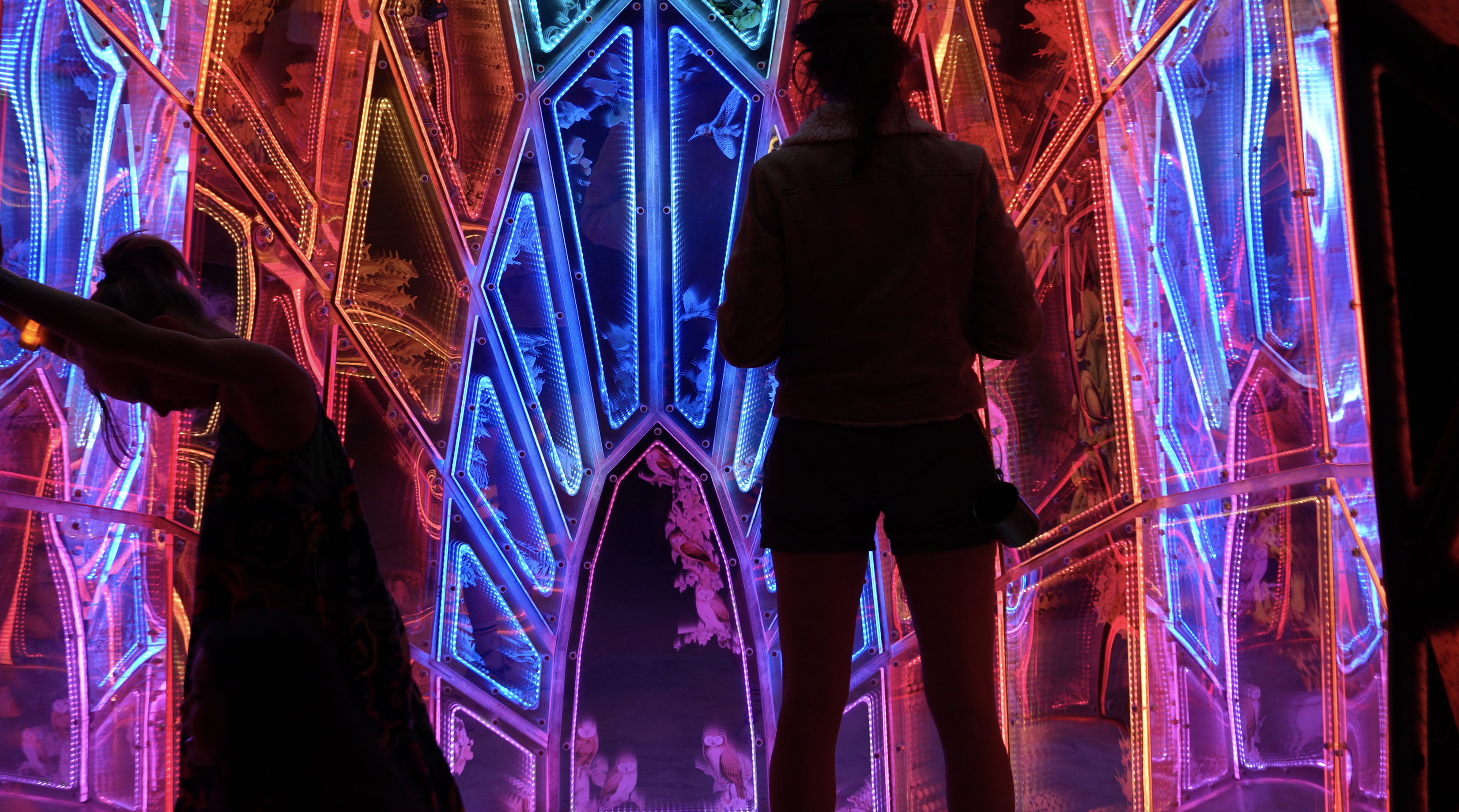
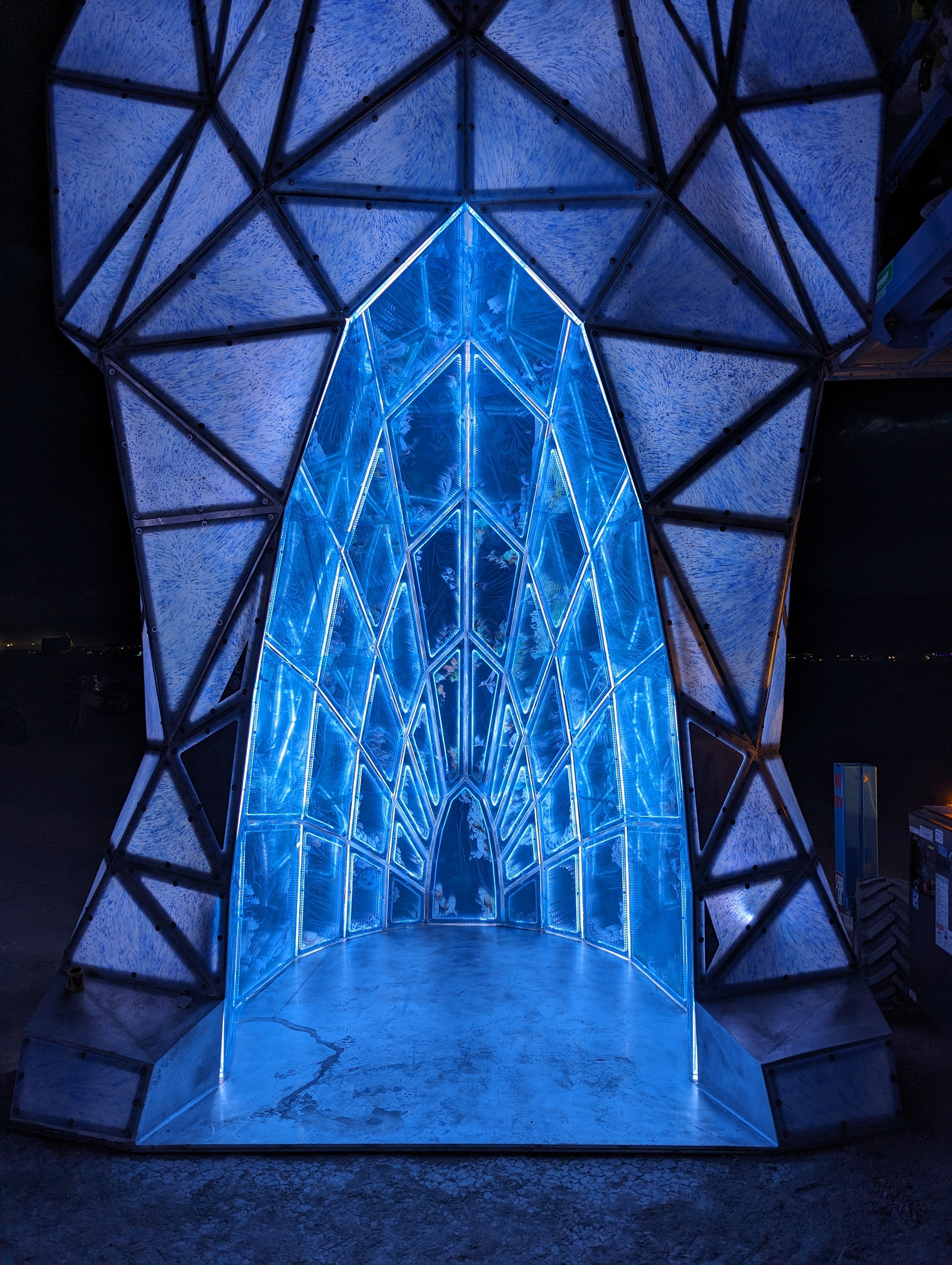

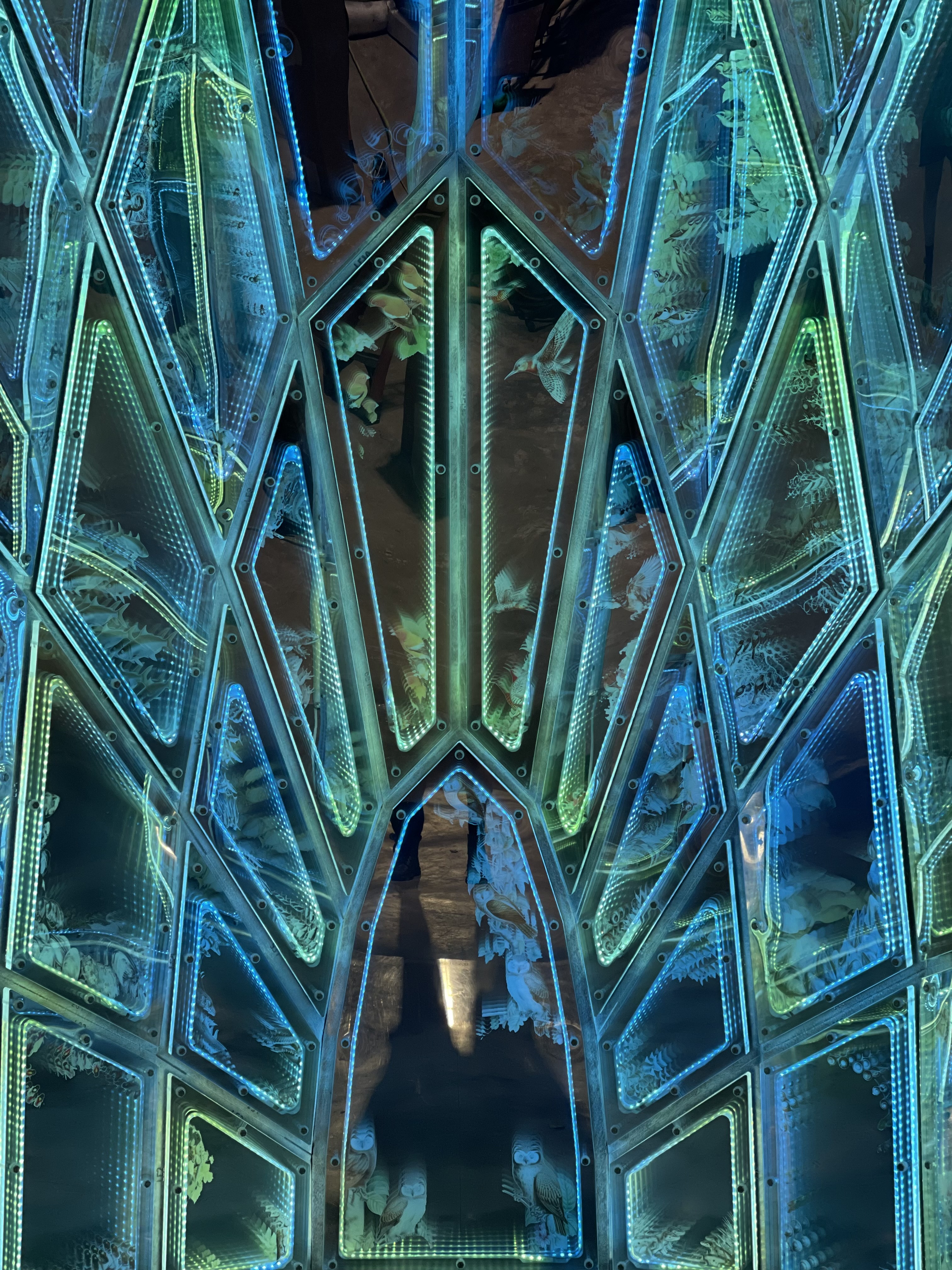
Extinct Animals Located in Ursa Majors Womb:
CEN1 Bermuda Saw-whet Owl
LA1 Lake Lanao Freshwater Fish (Barbodes amarus)
LA2 Mountain mist frog (Litoria nyakalensis)
LA3 Percy Island Flying Fox
LA4 Carolina Parakeet
LA5 Bermuda Hawk
LB1 Mauritius Duck
LB2 Ship Sturgeon
LB3 Large Samoan Flying Fox
LB4 Eastwood’s Longtailed Seps
LB5 Canarian Oystercatcher
LC1 Round Island Burrowing Boa
LC2 Green Blossom Pearly Mussel
LC3 Sharp-snouted day frog (Taudactylus acutirostris)
LC4 Maui Nukupu’u
LC5 Great Auk
LD1 Moorean Viviparous Tree Snail
LD2 Upland Combshell Mussel
LD3 Slender-billed Grackle
LD4 Bachman’s Warbler
LD5 Brace’s Emerald
LE1 Tonga Ground Skink
LE2 Barbodes katolo
LE3 Polynesian Tree Snail
LE4 Bermuda Towhee
LE5 Bermuda Flicker
RA1 Lake Sidi Ali Trout
RA2 Large Sloth Lemur
RA3 Lord Howe Long-eared Bat
RA4 Pinta Giant Tortoise
RA5 Large Kauai Thrush
RB1 Giant Atlas Barbel
LRB2 Guadeloupe Parakeet
RB3 Small Samoan Flying Fox
RB4 Western Black Rhinoceros
RB5 Guadalupe Caracara |
RC1 Flat Pig-Toe Mussel
RC2 Jamaican Monkey
RC3 Guam Flying Fox
RC4 Kauai Nukupuu
RC5 Ivory Billed Woodpecker
RD1 Poecilobothrus majesticus
RD2 Stirrup Shell Mussel
RD3 Luciobarbus nasus
RD4 Caribbean Emerald
RD5 Partula lutea
RE1 Rodrigues’ Day Gecko
RE2 Hofstetter’s Worm Snake
RE3 Chott el Djerid barbel (Luciobarbus antinorii)
RE4 Günther’s Dwarf Burrowing Skink
RE5 Molokai Creeper (Kākāwahie)

Sustainable Artistry
Crafted from reclaimed ocean plastic trash, the work underscores the importance of environmental consciousness. Ursa Major’s outer skin panels are made of reclaimed ocean plastic reused from Jen Lewin Studios “The Last Ocean”. These panels are 40% Ocean Bound Plastic, 33% Post Consumer Plastic, 14% Beach Collected Plastic and 13% Ocean Collected Plastic. The Ursas are part of Lewin’s recent Extinct Animal Series including Ursa Major, Ursa Minor, In Flight, and Pileus all of which honor recent extinct or highly endangered species.



Grants, Awards & exhibits
EXHIBITIONS
2023 – Burning Man Honorarium, The Ursas, Black Rock City, NV
Boundless
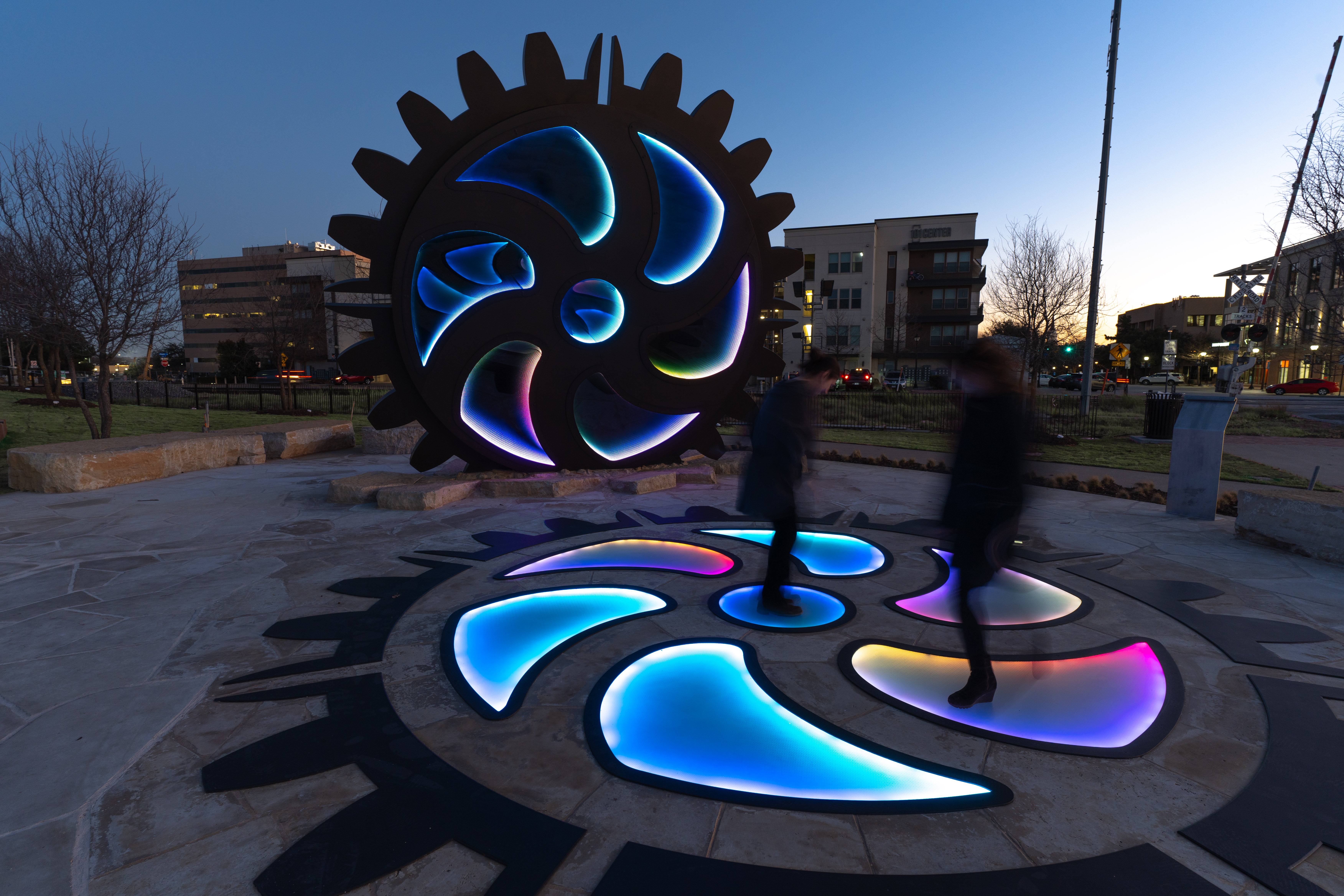
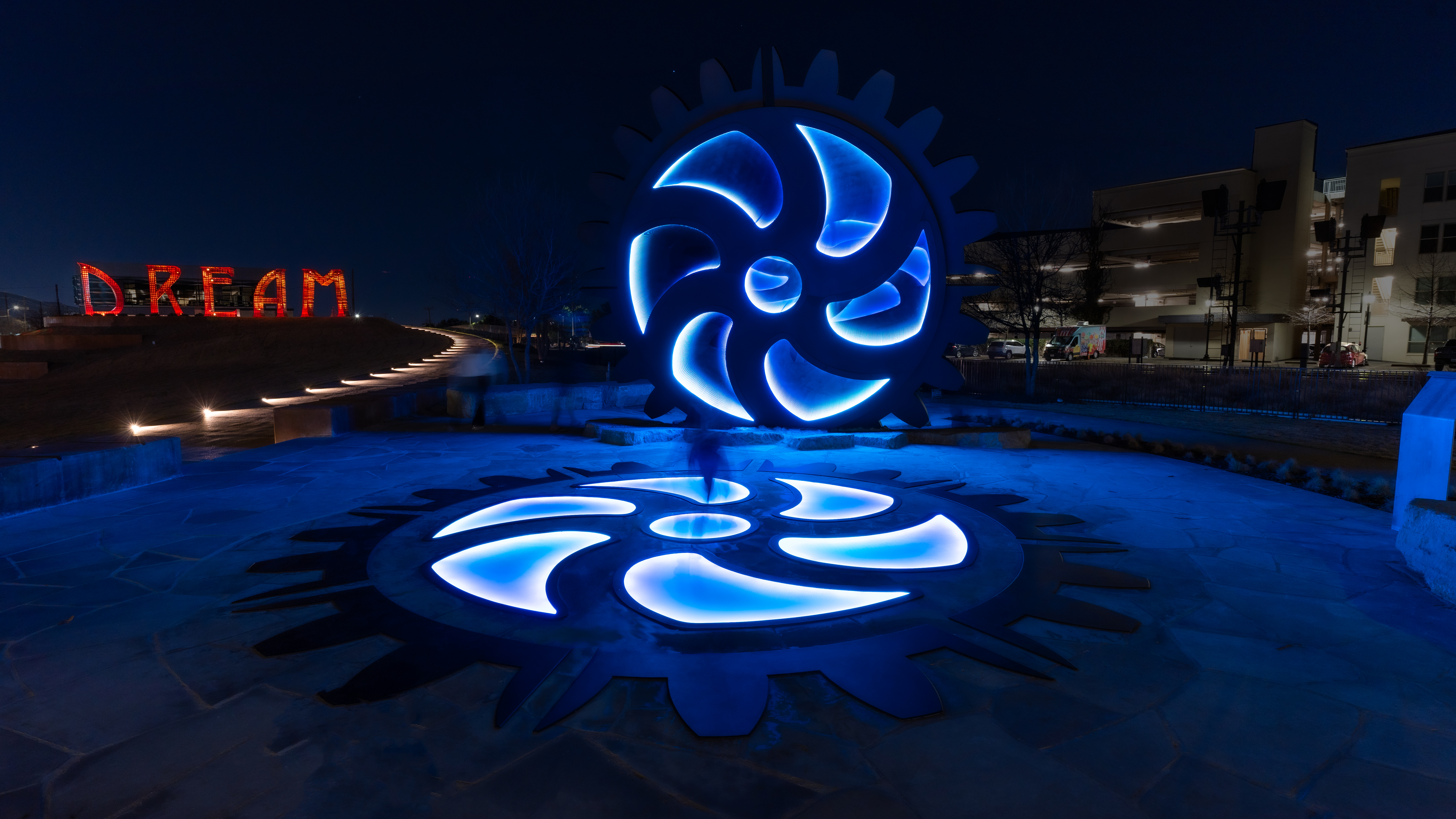
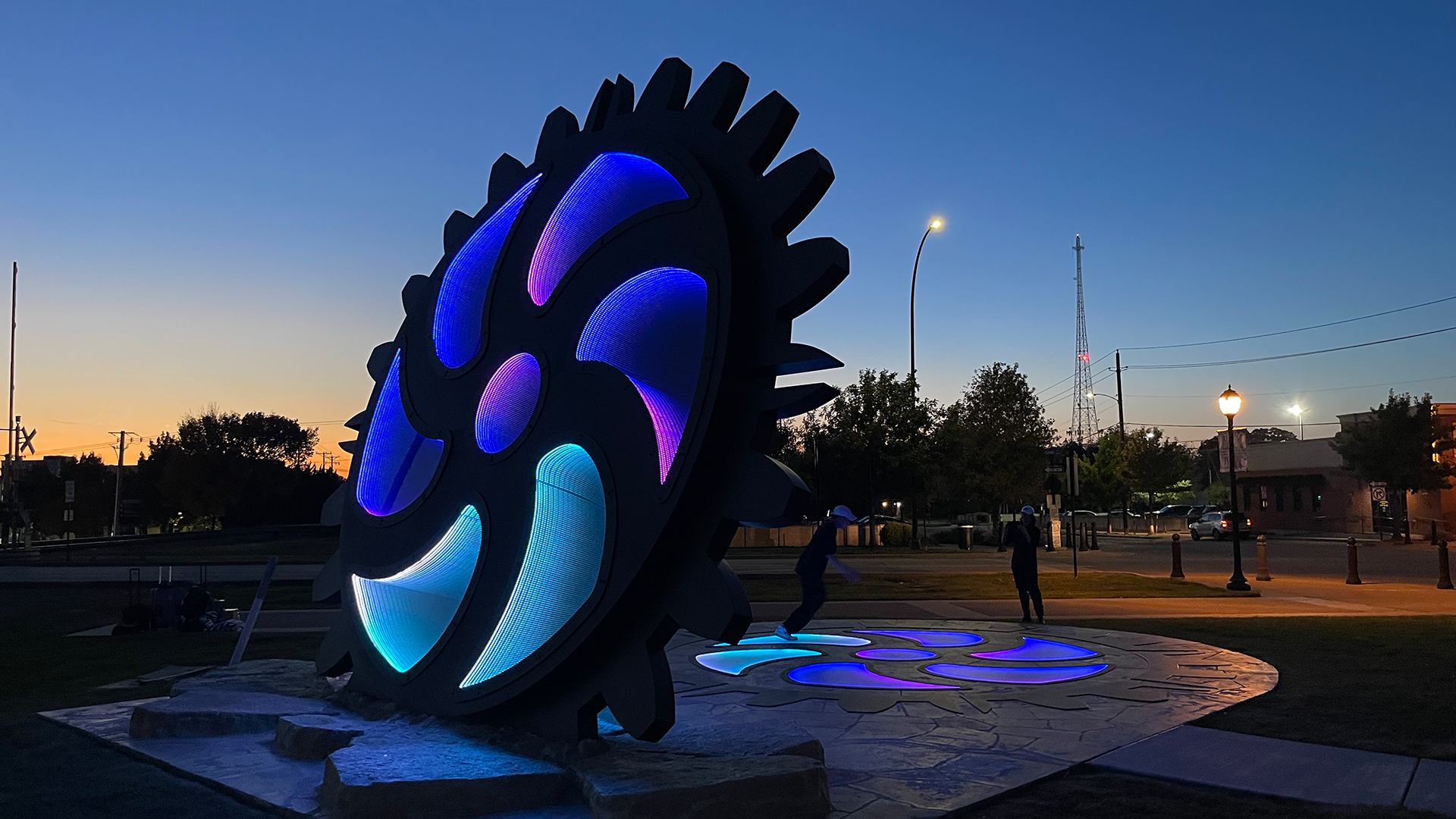
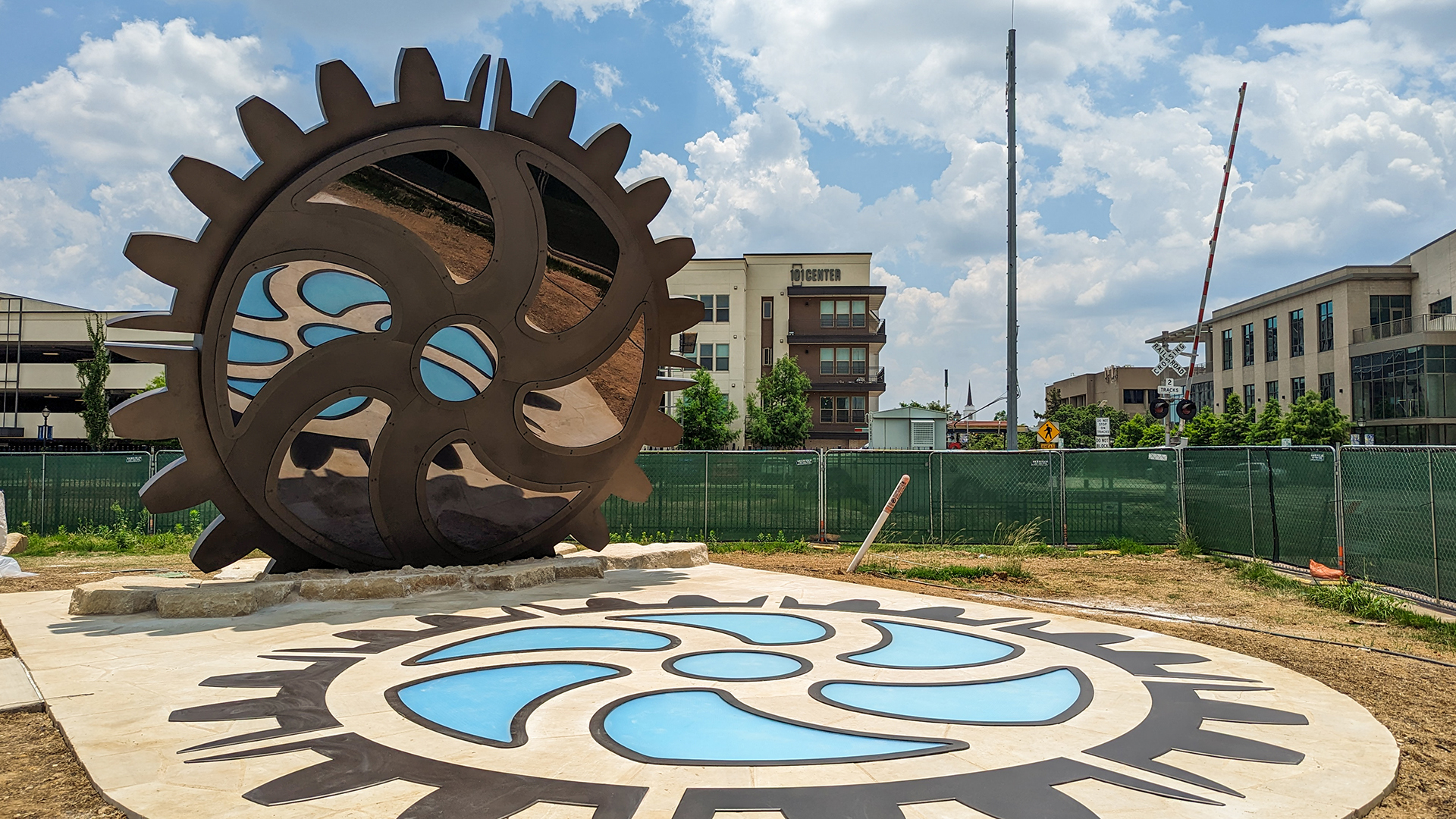
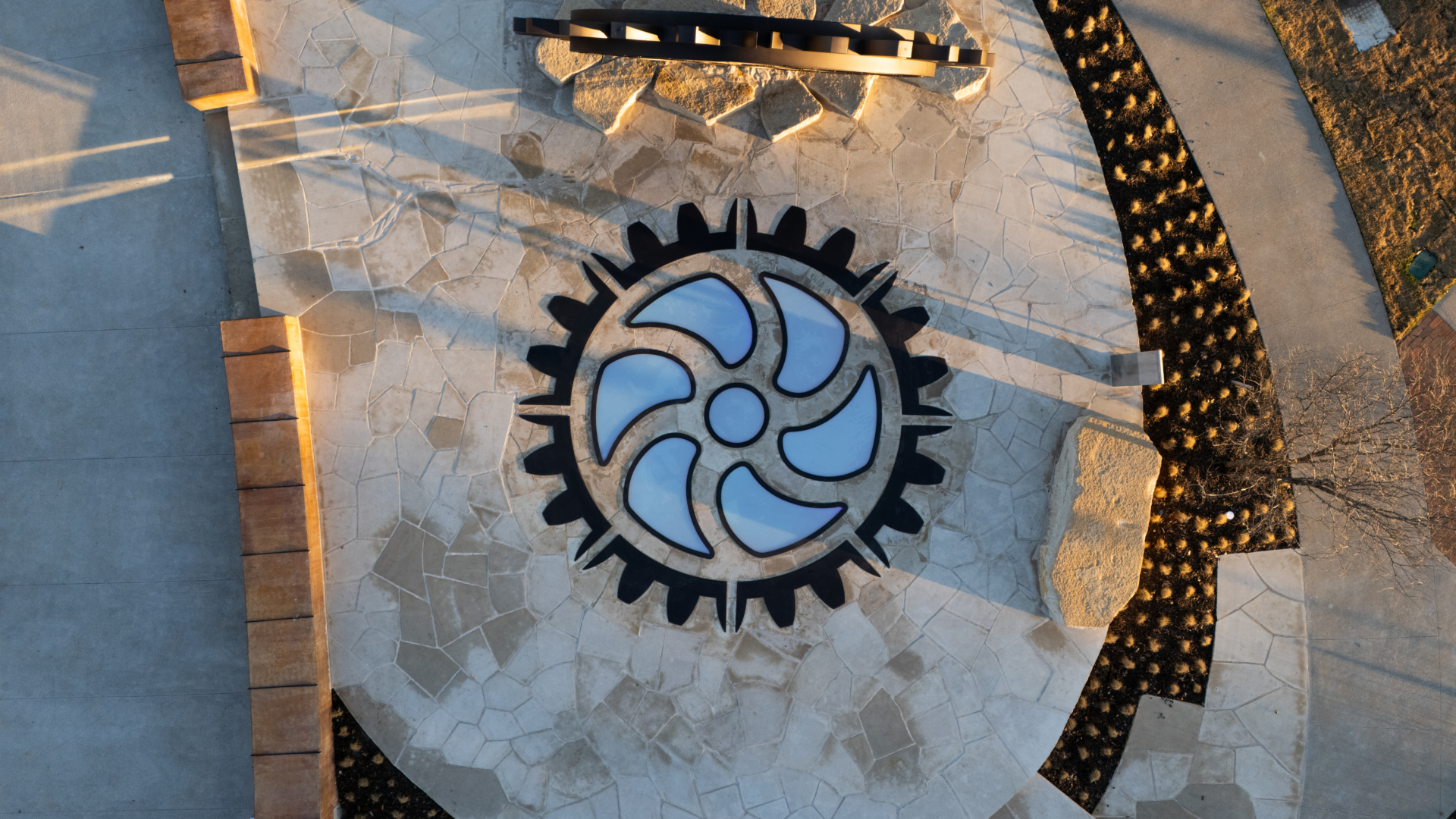
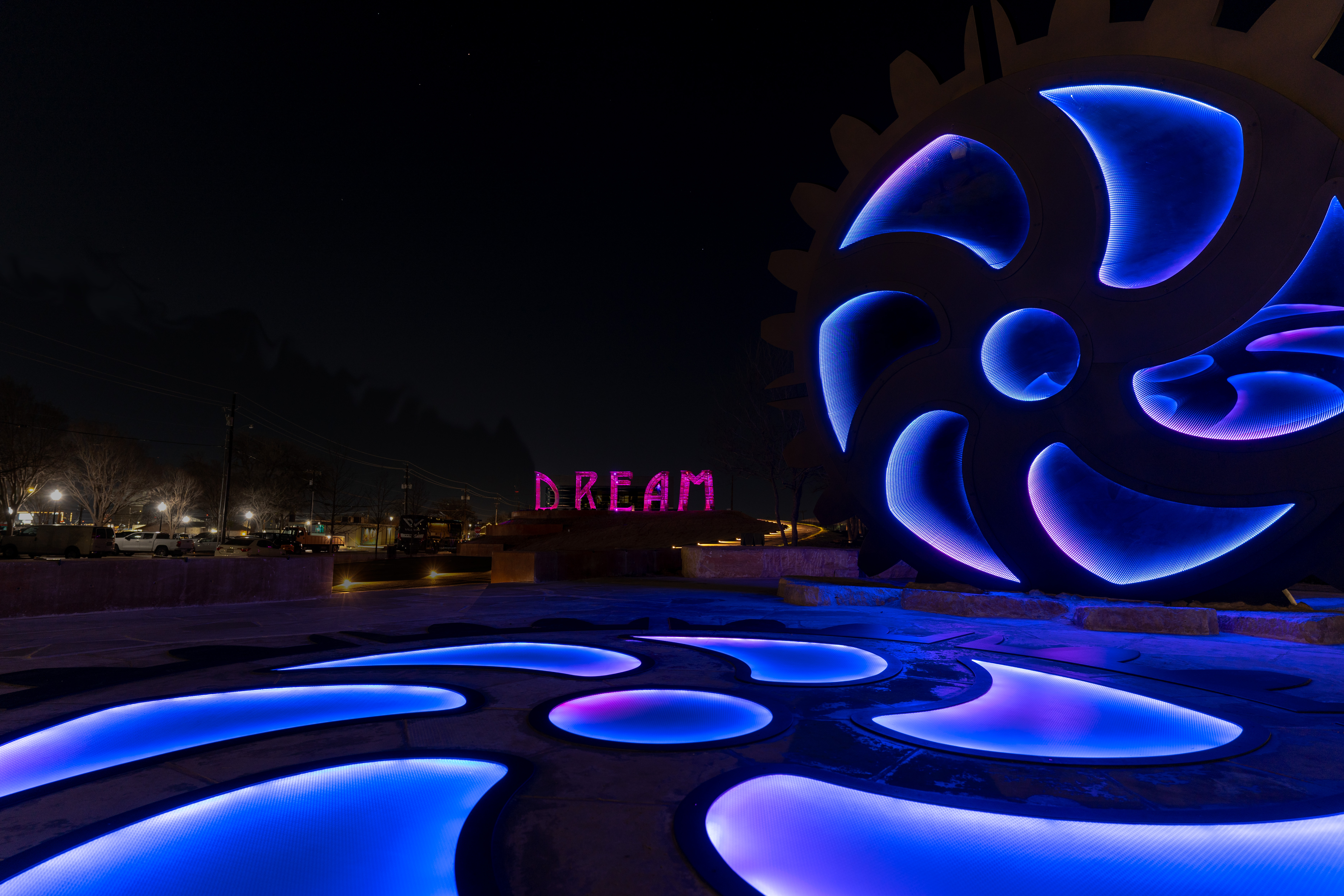
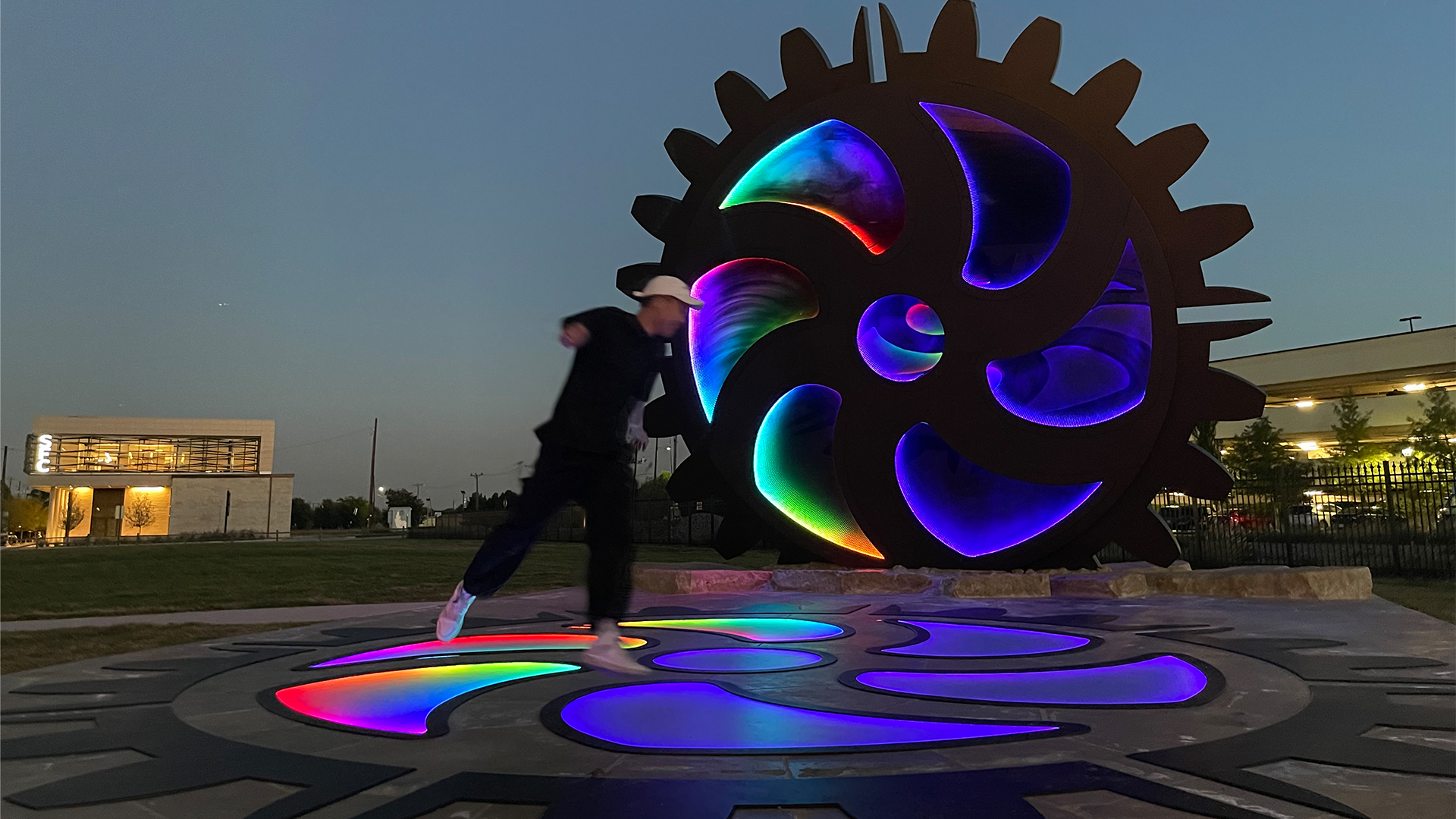
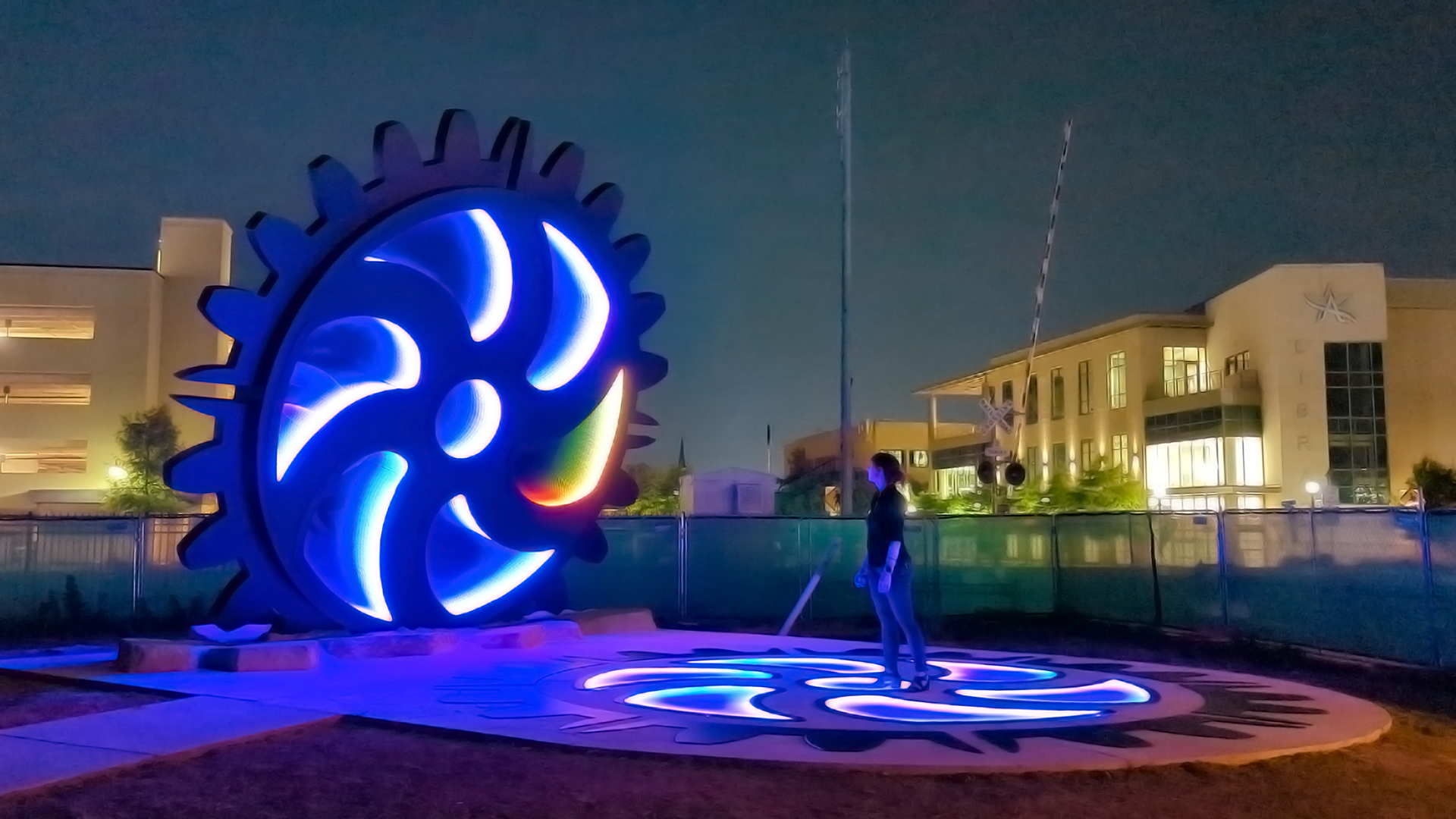
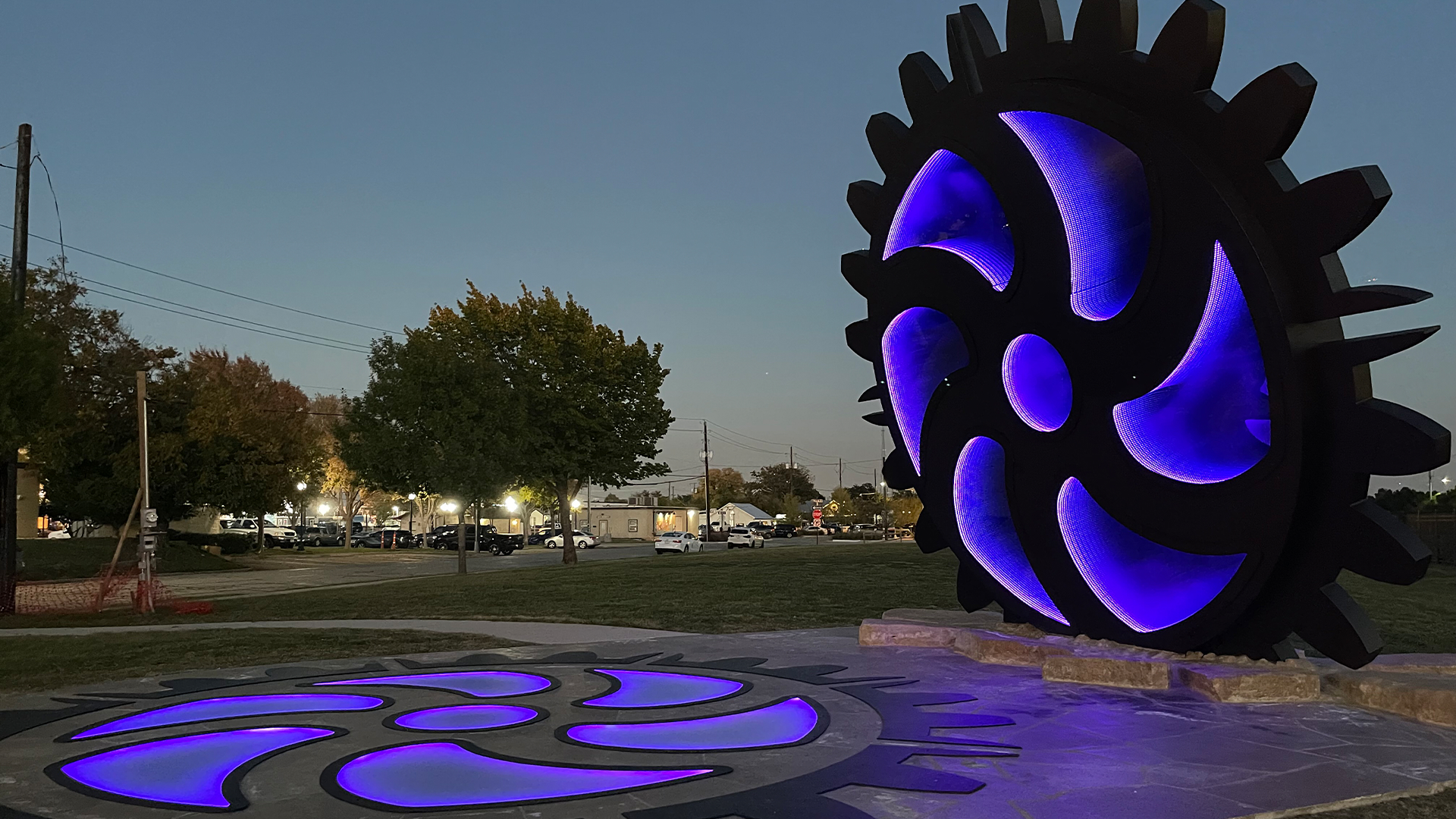
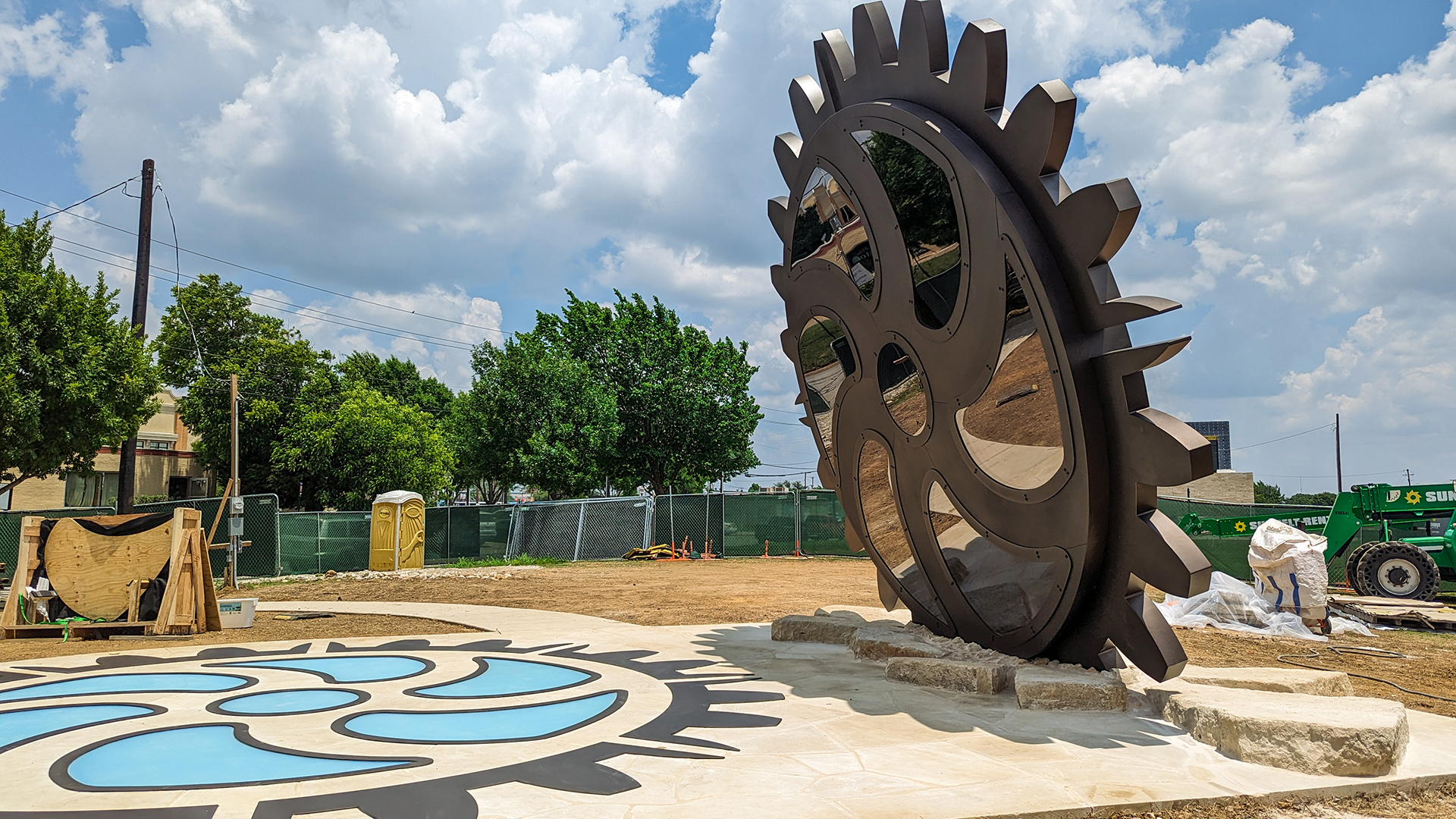
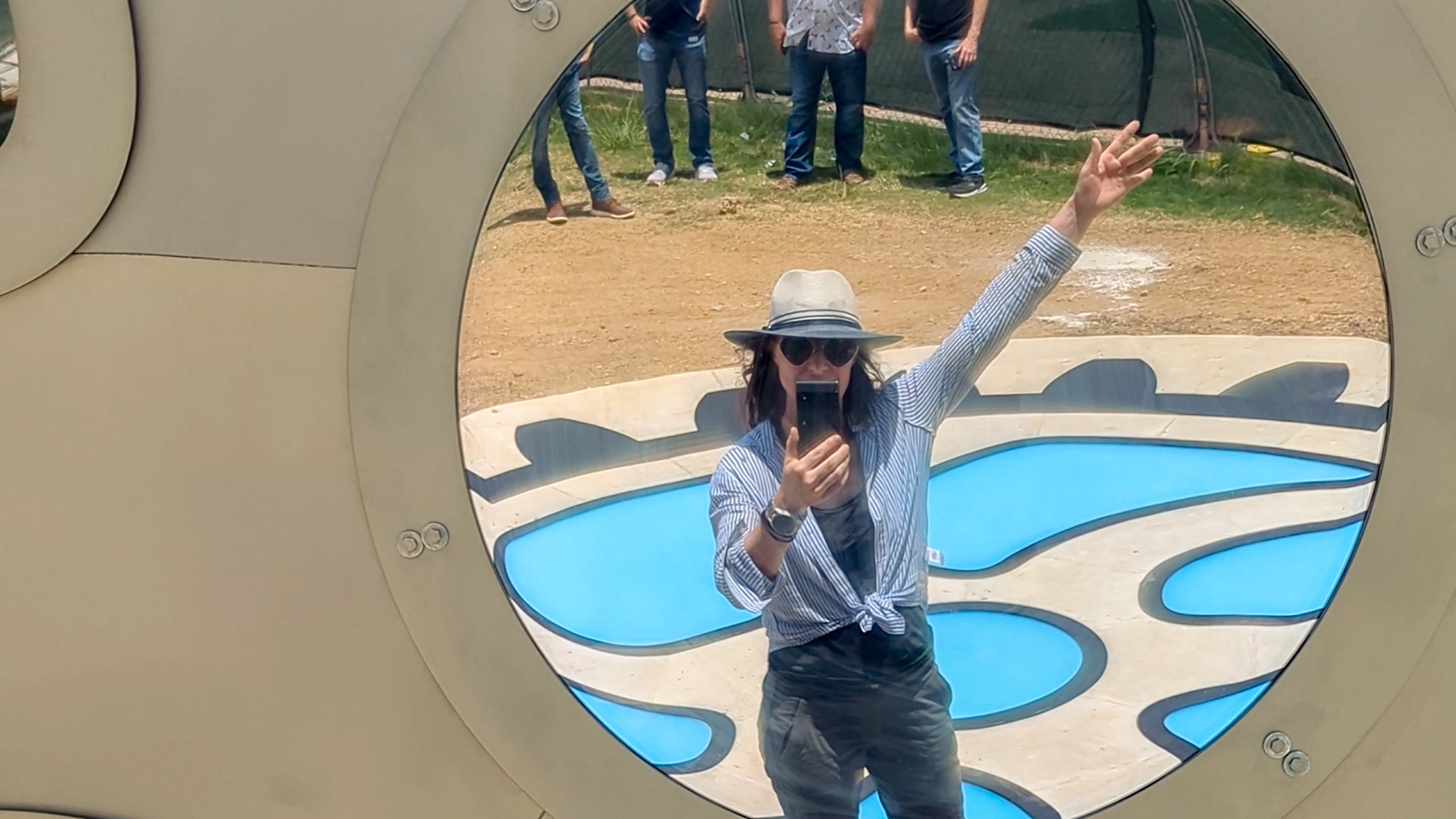
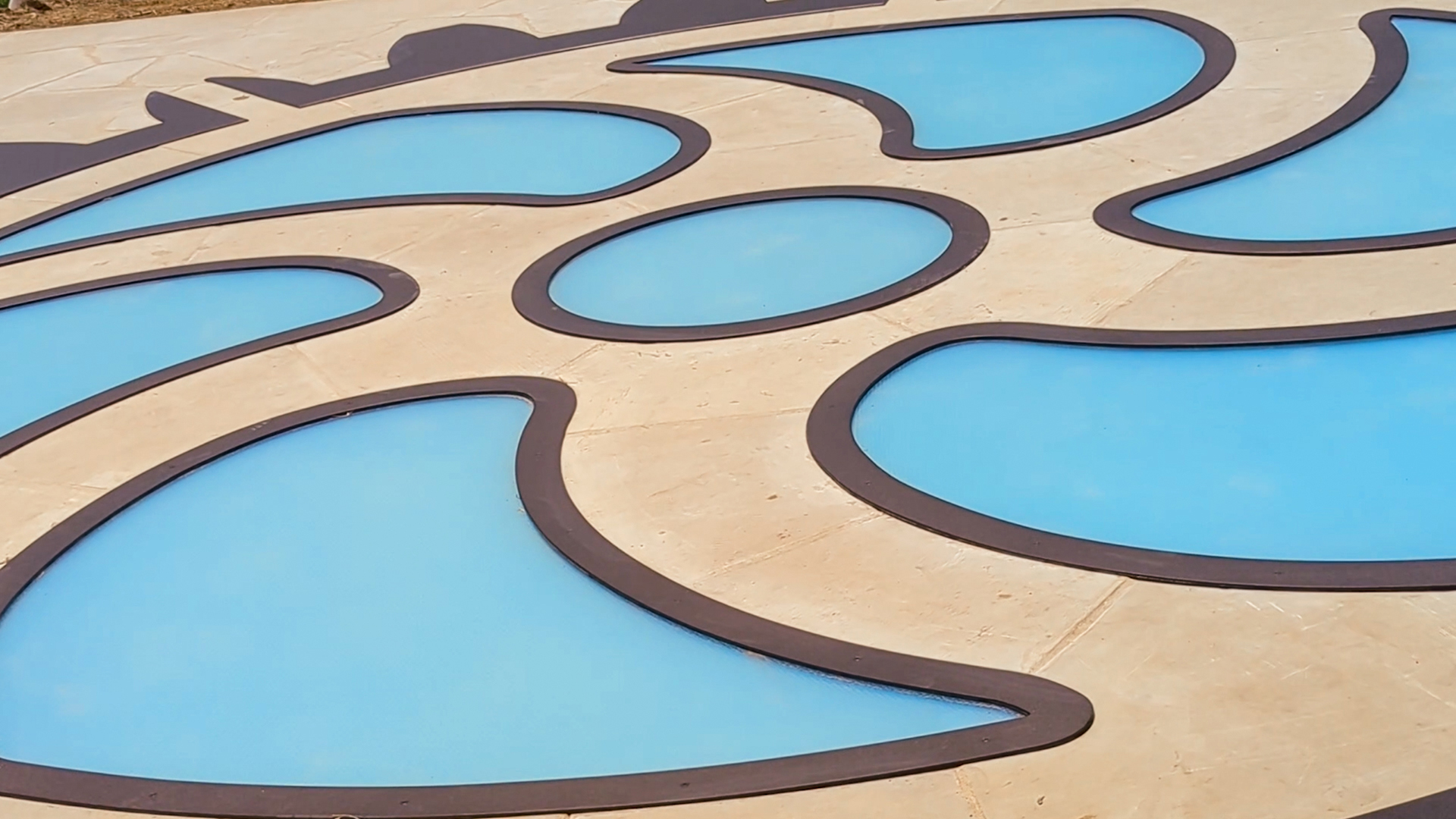
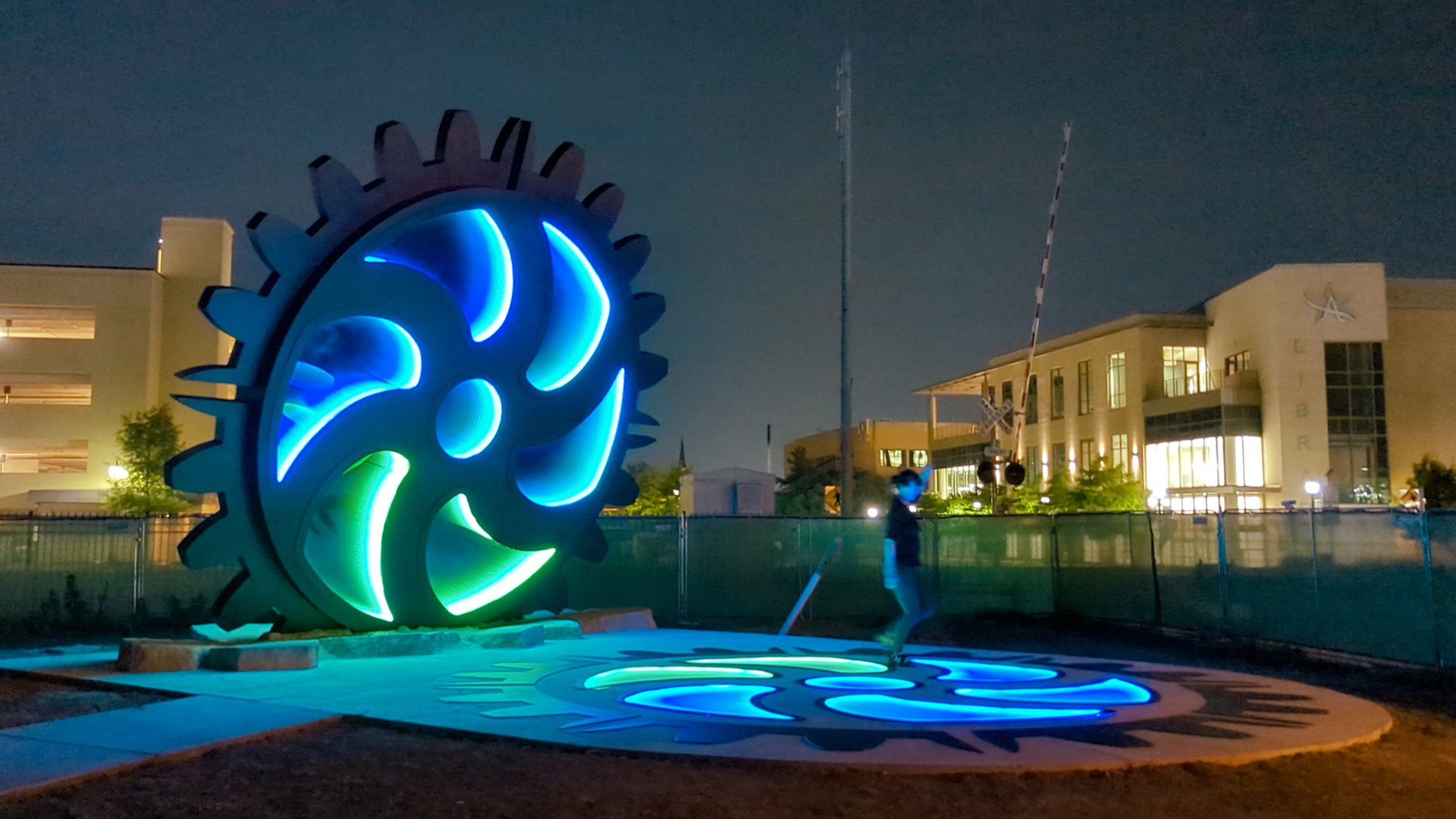
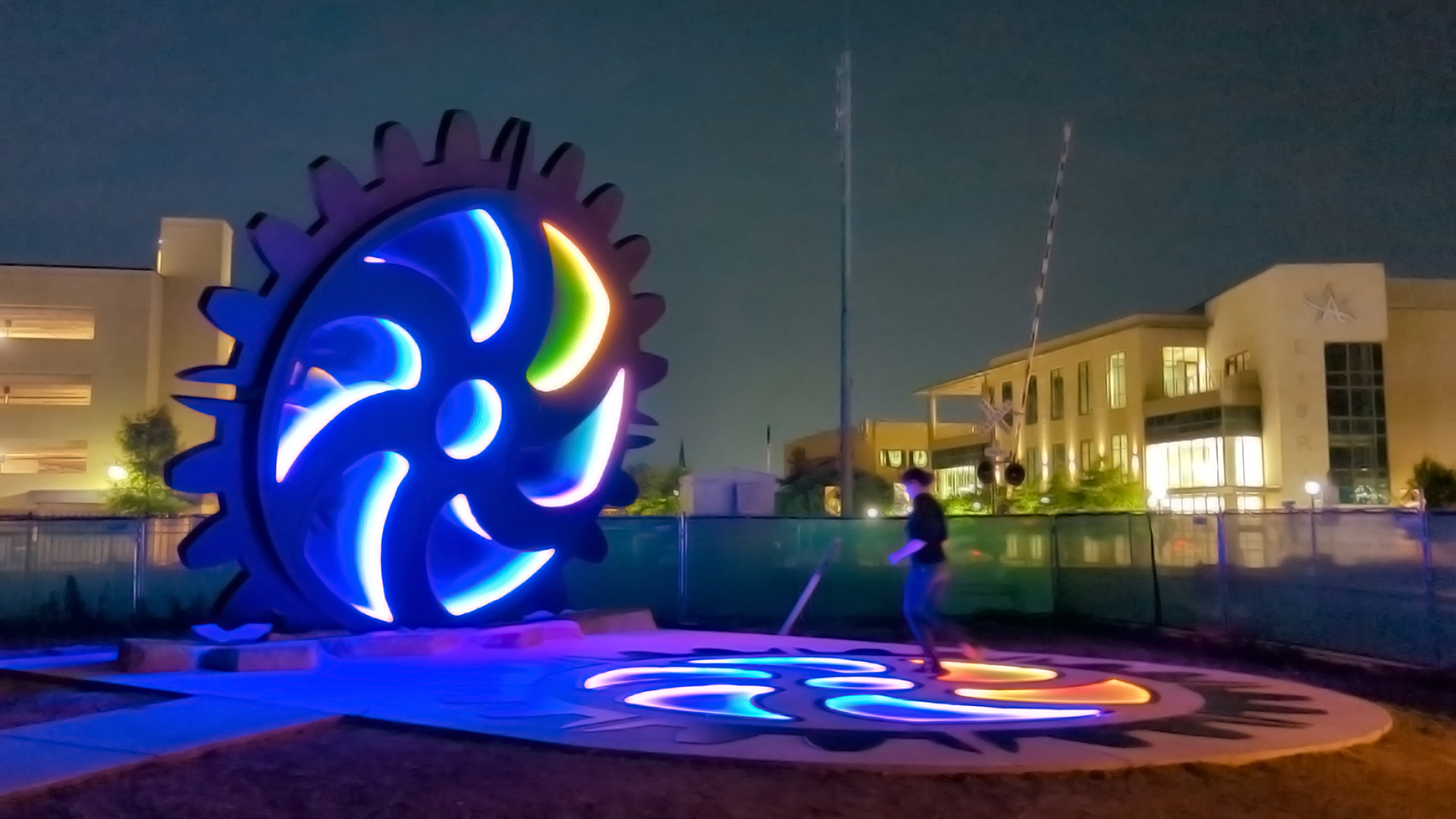
Boundless, 2023
Boundless, a permanent work by Jen Lewin, has been commissioned to commemorate the Rotary’s 100-year anniversary. This captivating and interactive artwork is designed to engage audiences of all ages.
Boundless merges technology and artistic brilliance, consisting of two distinct components: a towering glass and aluminum standing gear and a lower glass and steel in-ground gear. These elements encourage viewers to engage in playful reflection and interaction while honoring the Rotary’s longstanding commitment to public and civic service.
The centerpiece of Boundless is the 12-foot-tall standing gear, constructed with infinity mirrors. These mirrors create mesmerizing patterns of light and motion that respond to user engagement, captivating the audience with their glowing and swirling displays after sunset.
Adjacent to the standing gear is the interactive in-ground gear. This feature comes alive with color and light, responding to the movements of participants as they walk, dance, and interact with its surface. By actively engaging with the sculpture, individuals become integral to its artistic expression, fostering a sense of community and inspiring public involvement.
Jen Lewin deliberately chose the name Boundless to capture the sculpture’s infinite potential. The spinning light projections within the infinity mirrors symbolize boundless connection and reflect the Rotary’s global civic history. Lewin’s creation serves as an inspiring beacon, urging visitors to contemplate their place in a world of limitless possibilities.
Boundless will assume a prominent position within the new public Dream Park in Arlington, Texas. This visionary project aims to transform the park into a vibrant hub of creativity and community engagement. The Arlington Rotary hopes that this remarkable sculpture will not only commemorate their centennial milestone but also leave a lasting impression on residents and visitors, serving as a symbol of inspiration and unity.
Grants, Awards & exhibits
2023 Public Art Commission, Boundless by Jen lewin, Permanent to the Arlington Texas Dream Park
Ursa Minor
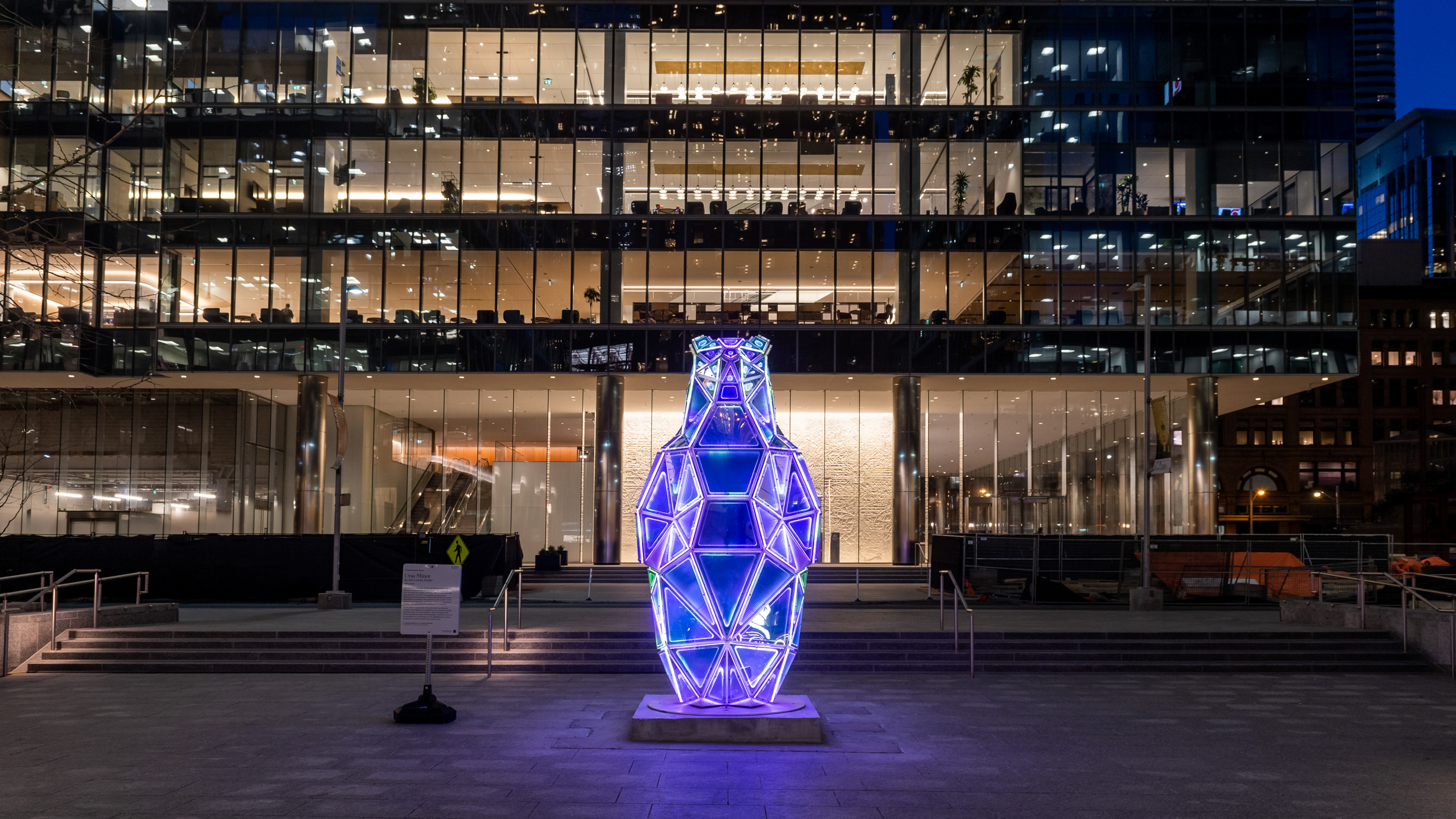
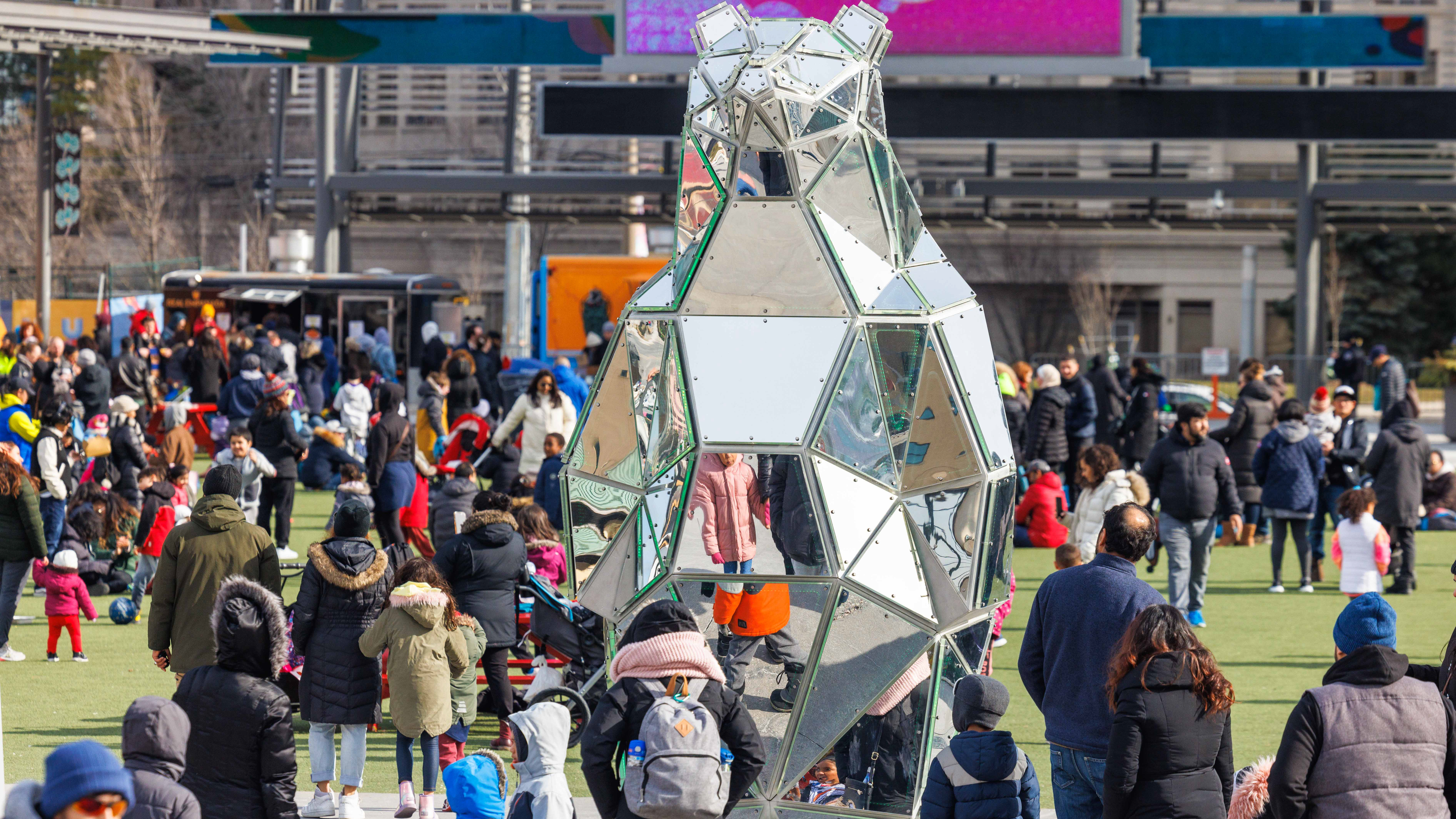

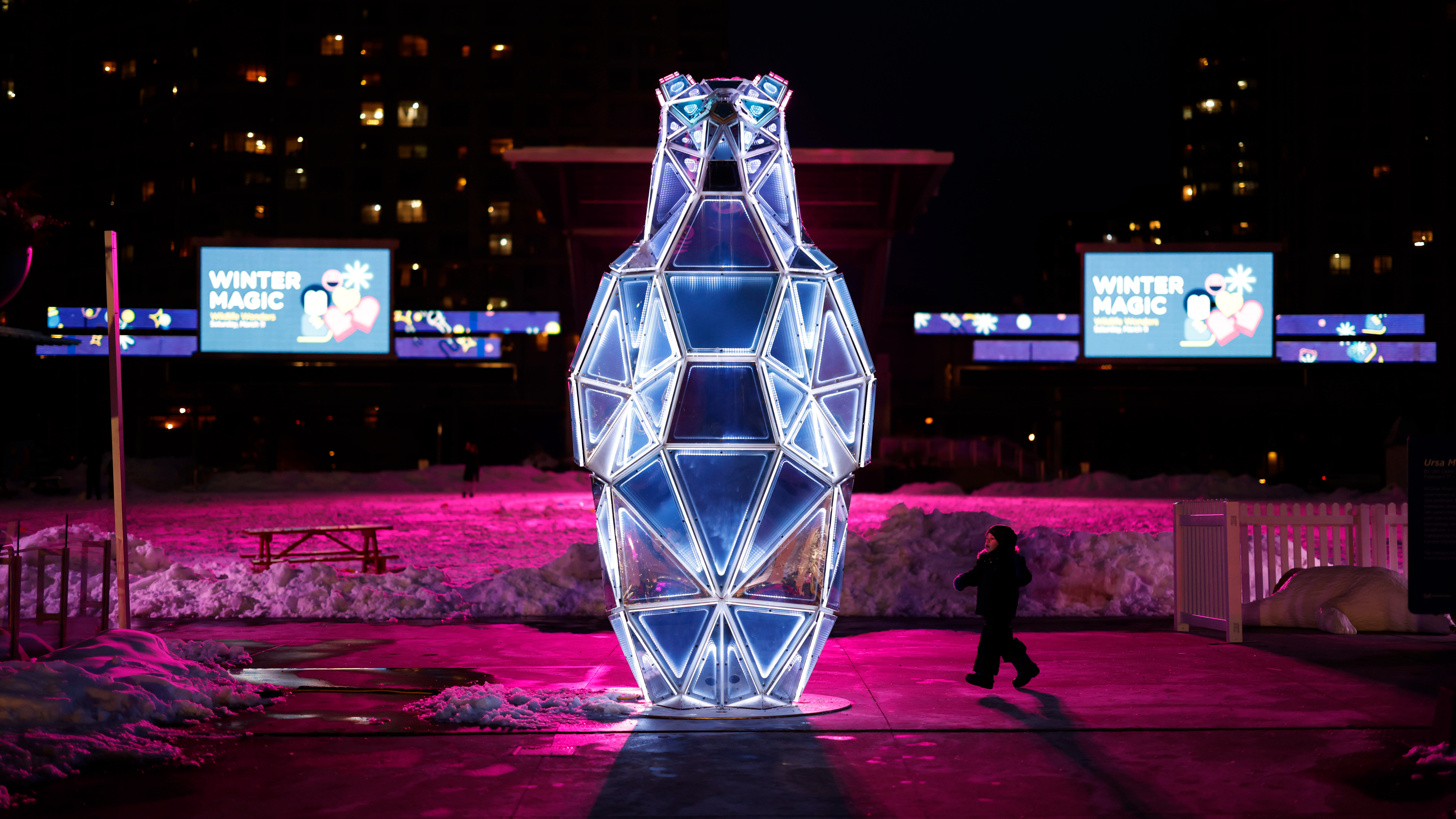
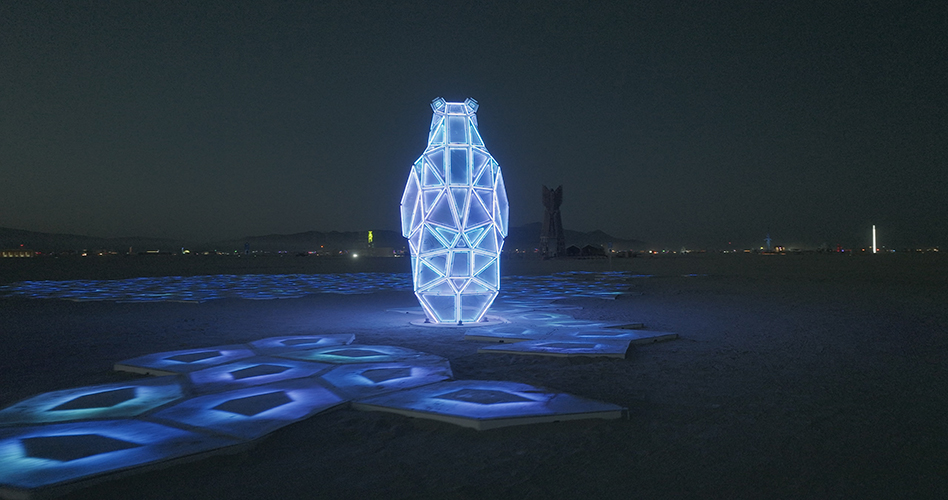
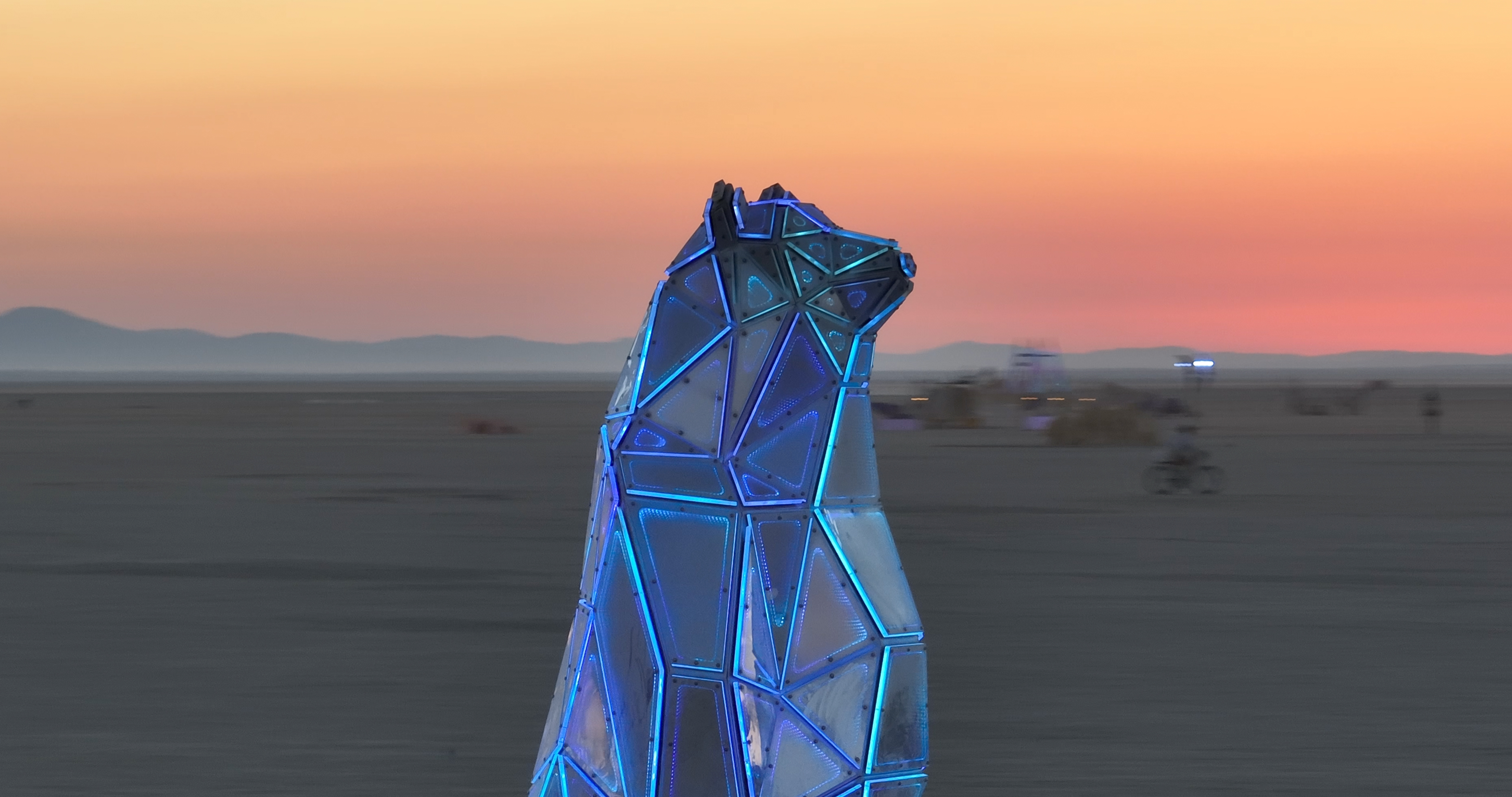


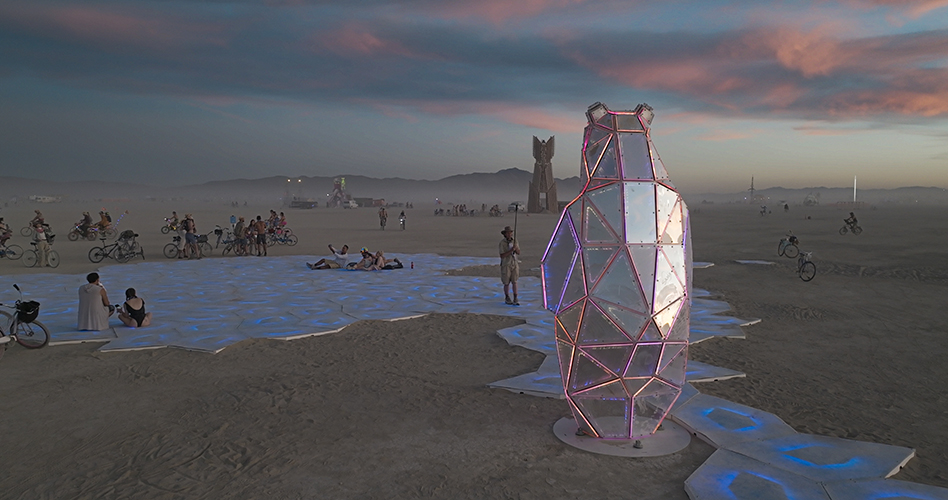


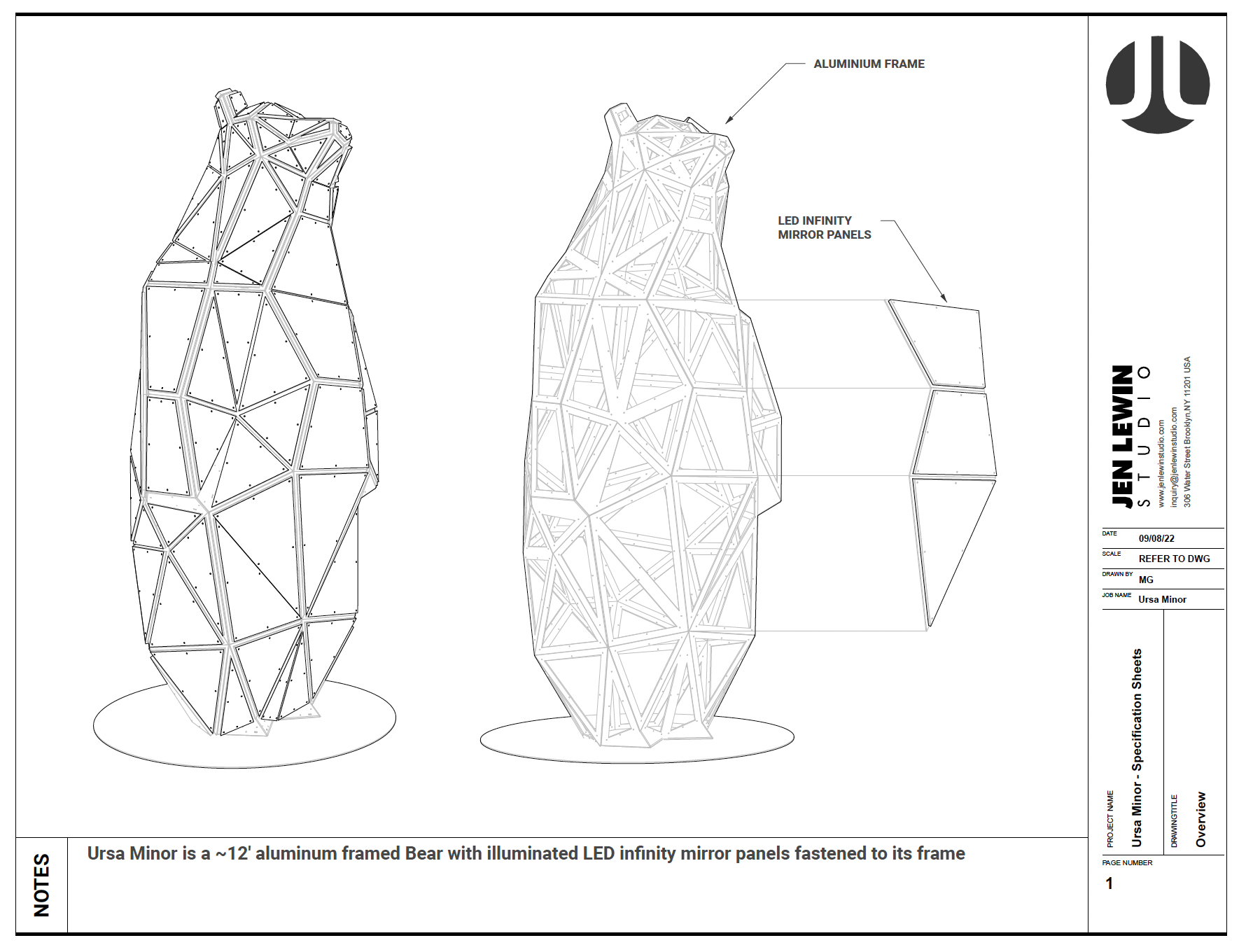
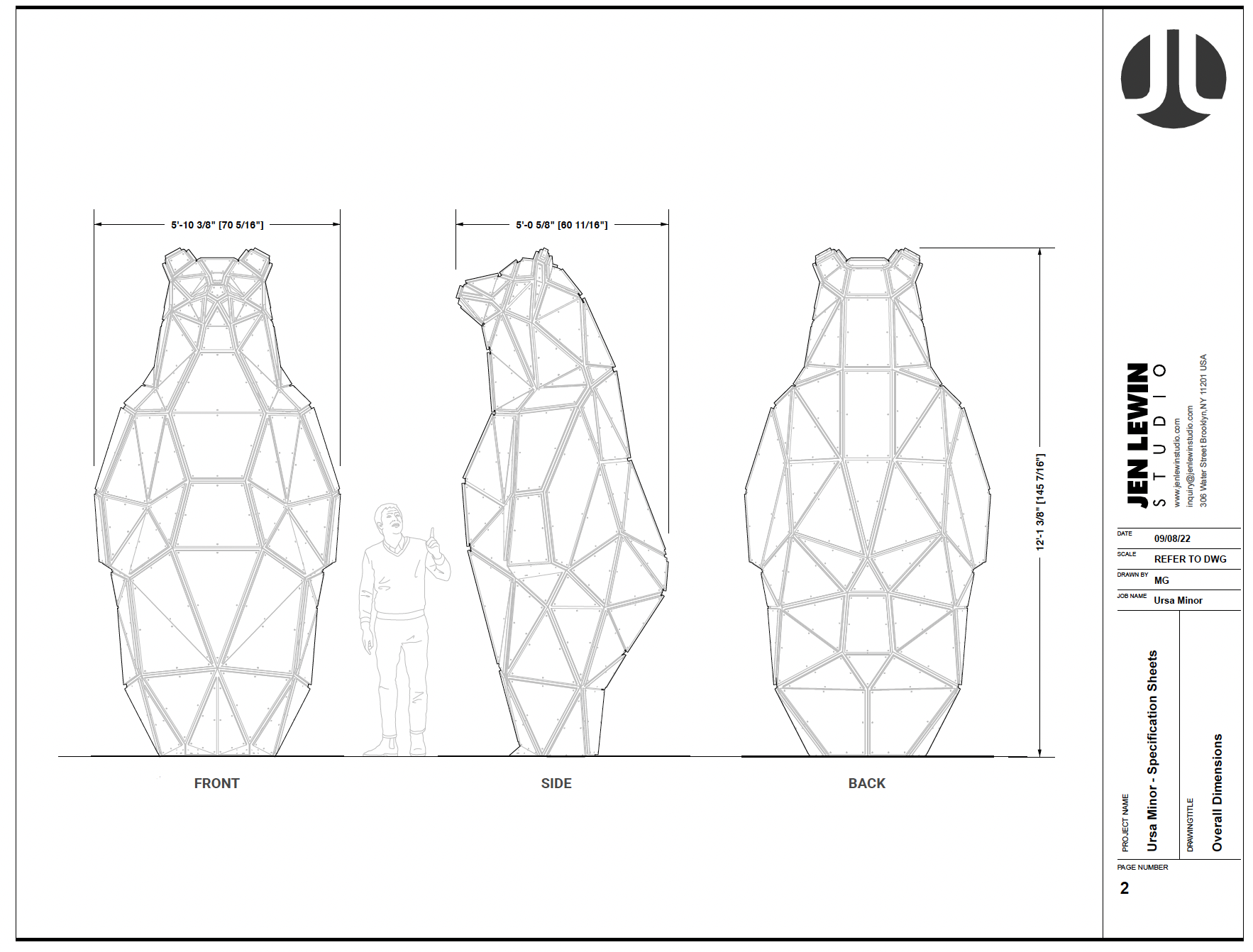
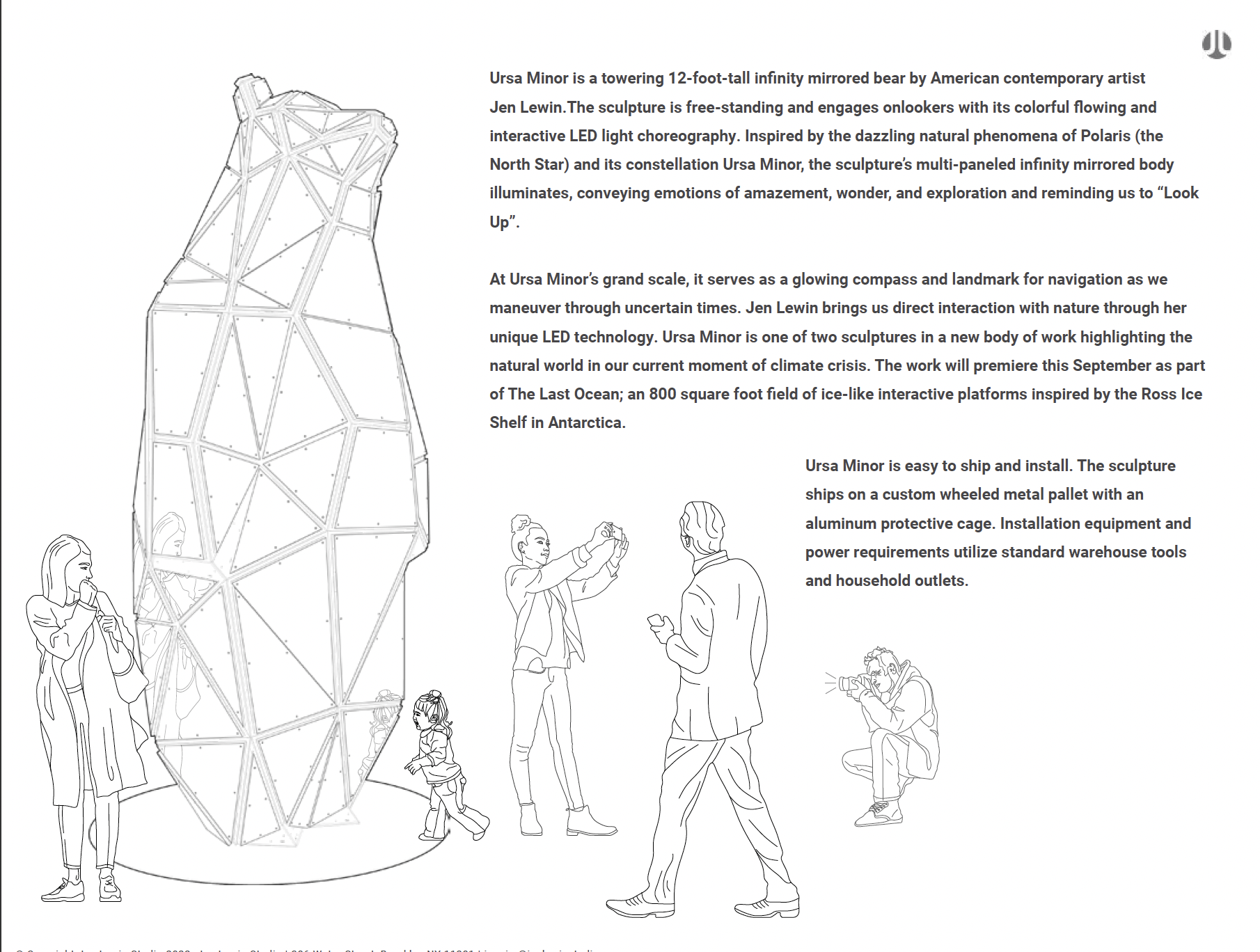
Ursa Minor, traveling since 2022
Ursa Minor is a towering 12-foot-tall infinity mirrored bear by American contemporary artist Jen Lewin.The sculpture is free-standing and engages onlookers with its colorful flowing and interactive LED light choreography. Inspired by the dazzling natural phenomena of Polaris (the North Star) and its constellation Ursa Minor, the sculpture’s multi-paneled infinity mirrored body illuminates, conveying emotions of amazement, wonder, and exploration and reminding us to “Look Up”.
At Ursa Minor’s grand scale, it serves as a glowing compass and landmark for navigation as we maneuver through uncertain times. Jen Lewin brings us direct interaction with nature through her unique LED technology. Ursa Minor is one of two sculptures in a new body of work highlighting the natural world in our current moment of climate crisis. The work will premiere this September as part of The Last Ocean; an 800 square foot field of ice-like interactive platforms inspired by the Ross Ice Shelf in Antarctica.
Grants, Awards & exhibits
EXHIBITIONS
2022 – Burning Man Honorarium, as part of The Last Ocean, Black Rock City, NV


